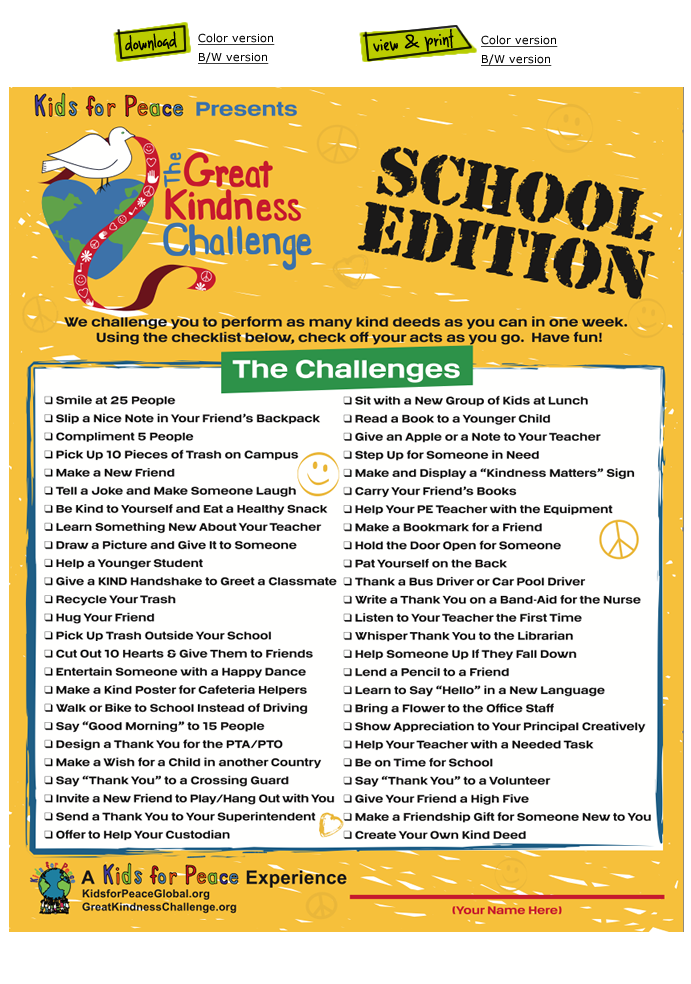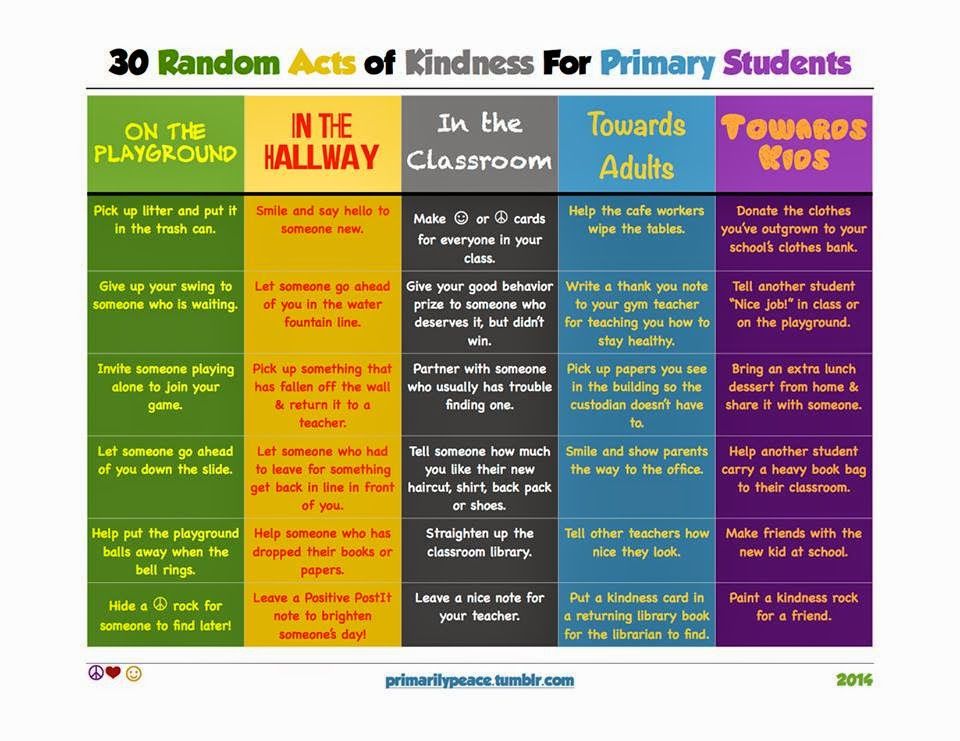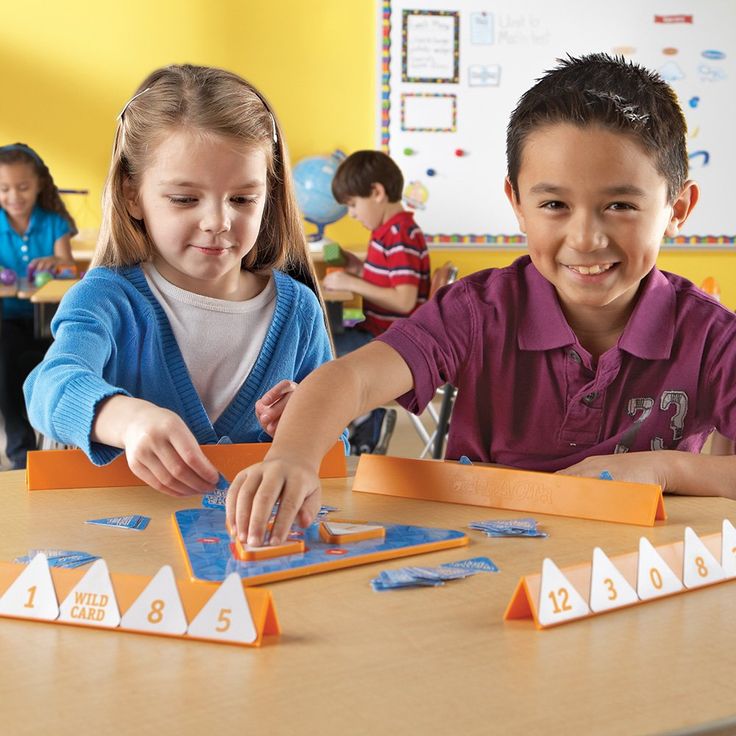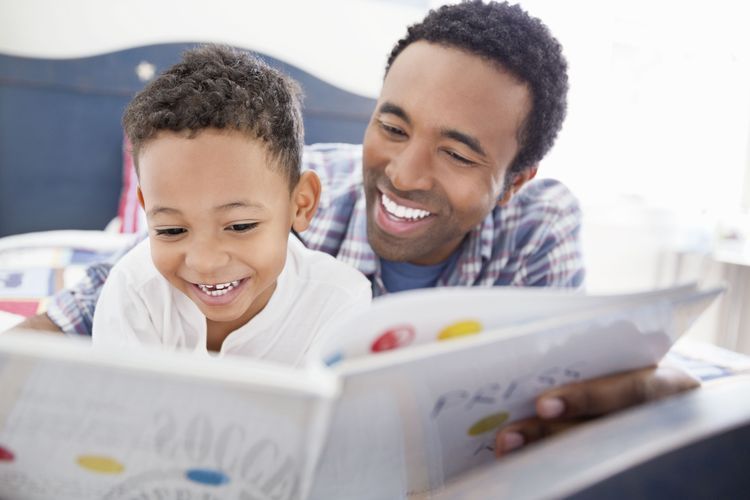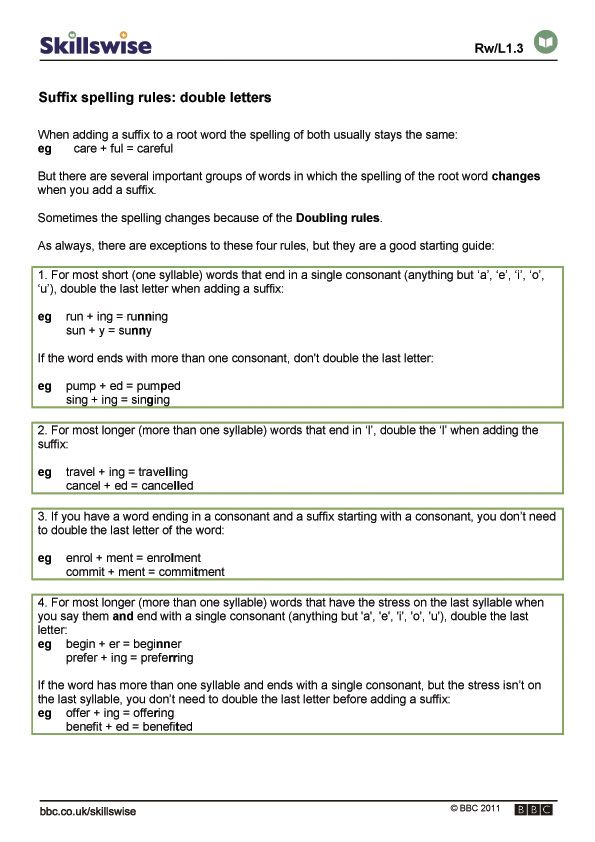Kindness lessons for kids
31 Kindness Activities for Kids
Math. Writing. Kindness. What do these three things have in common?
They're all skills to be taught, practiced, and reinforced. Of course, we also mess up and learn from our mistakes with all three. And they're all things we can get better at, no matter our age.
Today, we're rounding up one month's worth of kindness activities for kids.
Make sure you stay on track by downloading and printing our complete calendar of kindness activities listed below.
Before you continue, we thought you might like to download our FREE 21-Day Family Gratitude Challenge. Make this challenge a part of your night routine or family dinner time for the next 21 days (that's how long it takes to build a habit).
A Note Before We Start
Kindness must be intrinsically motivated.
According to Psychology Today, several studies have shown that "providing children with a reward for behavior is almost like telling them that the behavior itself is not much fun. So if you want to promote intrinsic motivation—if you want to teach your kids that learning in school or helping others are enjoyable in and of themselves—using rewards might be the wrong strategy."
Furthermore, those studies found that when the rewards stop, the positive behaviors often stop; however, when rewards weren't offered in the first place, the behaviors often continue.
Even praise should be used sparingly, as too much can create external motivation—though it shouldn't go unused. Instead, reserve your feedback and encouragement for when it's most beneficial.
(These studies were primarily done with neurotypical children; speak to an expert about your child's individual needs.)
Keep this in mind when going through each activity. Now, let's get started!
Day 1: Teach the Difference Between Kind and NiceOn day one of your month of kindness activities for kids, teach them the difference between "nice" and "kind."
- Nice: doing what is expected to please those around you
- Kind: showing empathy and being willing to stand up for what is right
Create a poster with a column for "kind" and a column for "nice.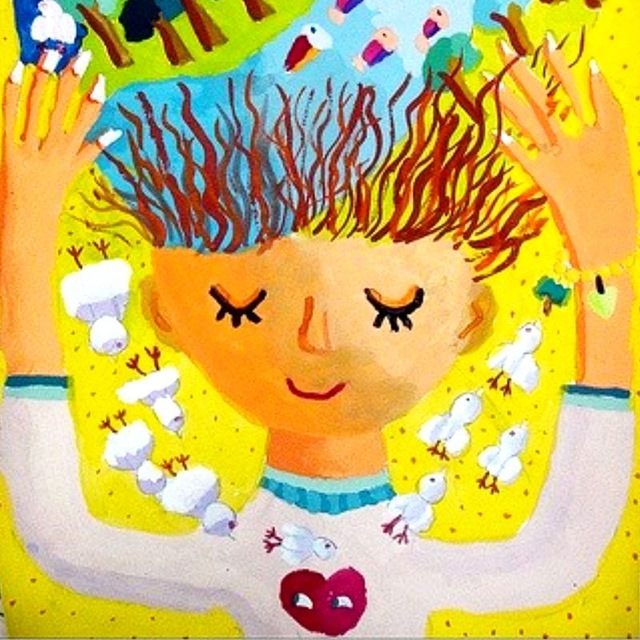 " Have the kids write suggestions on sticky notes (or offer pre-written options) and put them in the column where they think the options belong.
" Have the kids write suggestions on sticky notes (or offer pre-written options) and put them in the column where they think the options belong.
Discuss each note to agree if they are in the correct columns. It's okay to put a few in the middle—context can matter.
Once you've agreed upon which notes go in which column, hang the poster on the wall.
Day 2: Teach T.H.I.N.K."T.H.I.N.K." means before you say anything, you should ask yourself if what you're about to say is:
- True
- Helpful
- Inspiring
- Necessary
- Kind
Consider showing your kids an actual social media post (or a made-up one for younger children). Look at the post and comments and have the kids determine how much the person used T.H.I.N.K before they posted—how many letters did they get?
Day 3: Write a Letter to SomeoneMany grown-ups don't realize how impactful they are in a child's life.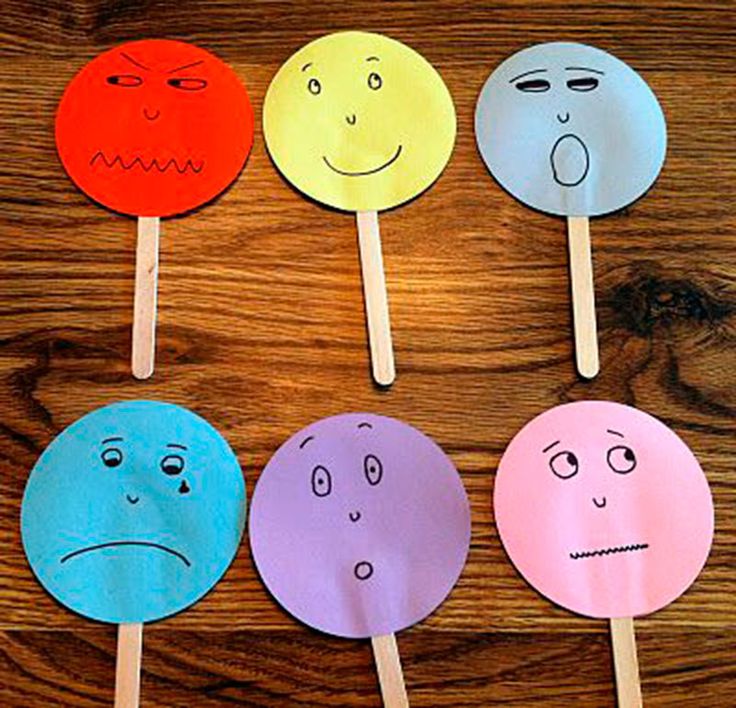 This next kid-friendly kindness activity teaches children gratitude while making someone’s day.
This next kid-friendly kindness activity teaches children gratitude while making someone’s day.
Ask your kids, "Name an adult (other than me) who is important to you.? Why?" When they decide—and this does need to be their decision so their gratitude is genuine—have them write a note or draw a picture that tells the adult specifically why they appreciate them.
Letters can be mailed or hand-delivered depending on the parameters you set. If you are a teacher, consider asking your kids to write a letter to another staff member at school.
Day 4: Teach About EmpathyYou can teach your child empathy from day one by modeling it for them. As your kids get older, you can help them identify emotions, embrace diversity, and understand current events through the lens of kindness.
Spend this day focusing on teaching empathy skills—and keep this up as time goes on.
Day 5: VolunteerRather than saying your kids must volunteer at a specific location, talk to them about what matters to them.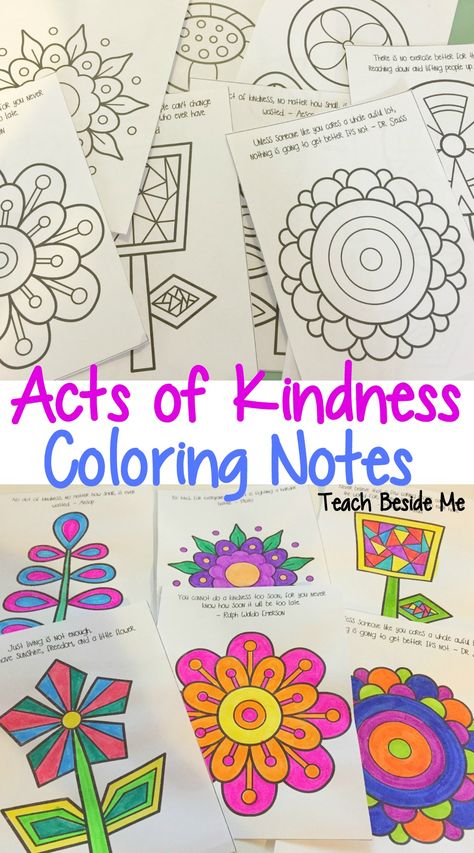 Animals? Older adults? The environment?
Animals? Older adults? The environment?
Once they've decided who to help, research locations where you can volunteer together.
After you've finished your day of volunteerism, discuss the experience with your children. If the volunteer spot was a good fit, consider going back regularly. If it wasn't, try somewhere new!
Day 6: Show Kindness to WorkersTurn an average day of errands into a kindness activity for your kids by making them aware of their surroundings and behavior.
If you go to a store and see items on the floor or tables that customers should have picked up or left tidy, your kids could pick them up. If they don’t know where items go, they can place them in a neat pile.
Have your child take the lead at checkout. (Be sure you've already practiced things you say to a store worker.) Positive interactions can make a worker's day!
If your child is older, fill them in on what a day in customer service can involve. Ask how they'd want to be treated if this was their job and remind them to think about that when they're out.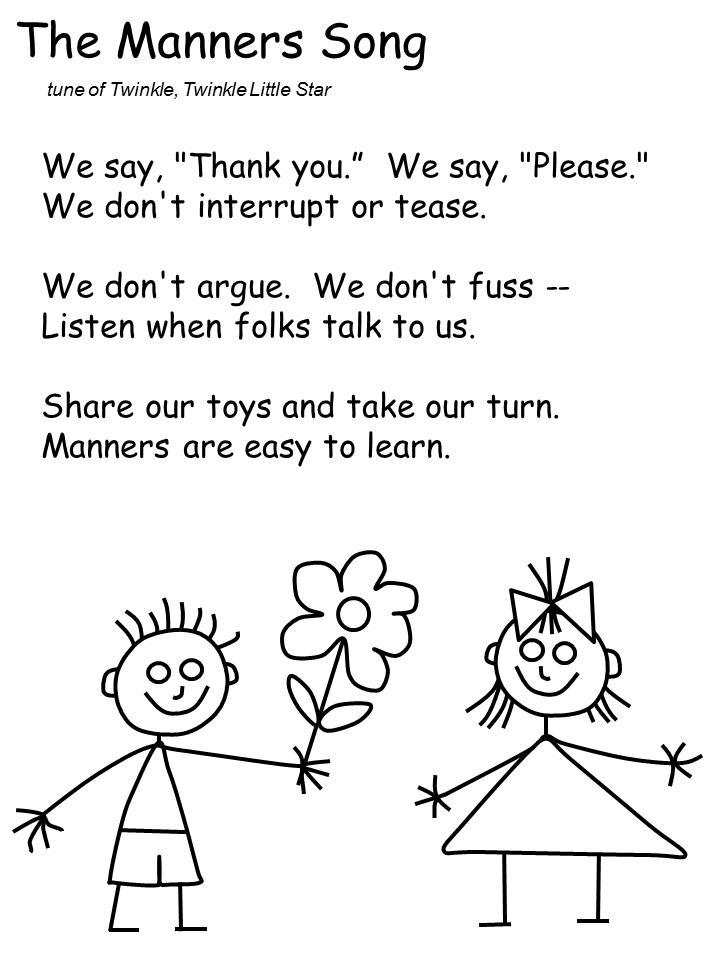
On this day, teach your children how to help other kids.
You can create a “partner project” where each child reads a story or learns a skill, which they then need to teach their partner. You can also encourage older kids to help younger kids with schoolwork.
When kids help other kids meet their goals and learn new skills, they learn patience, kindness, and responsibility.
Day 8: See a Play or MusicalKeep an eye out for performances in your area. Read their synopses and determine if kindness could be a theme. If the play has a relevant online study guide available, even better!
A few live theatre options to help teach kindness (and frequently performed) are:
- A Christmas Carol (Note: there are versions for younger audiences, which are far shorter than the original.)
- High School Musical
- Puffs! (Note: there's a version for younger audiences and a version for older ones.
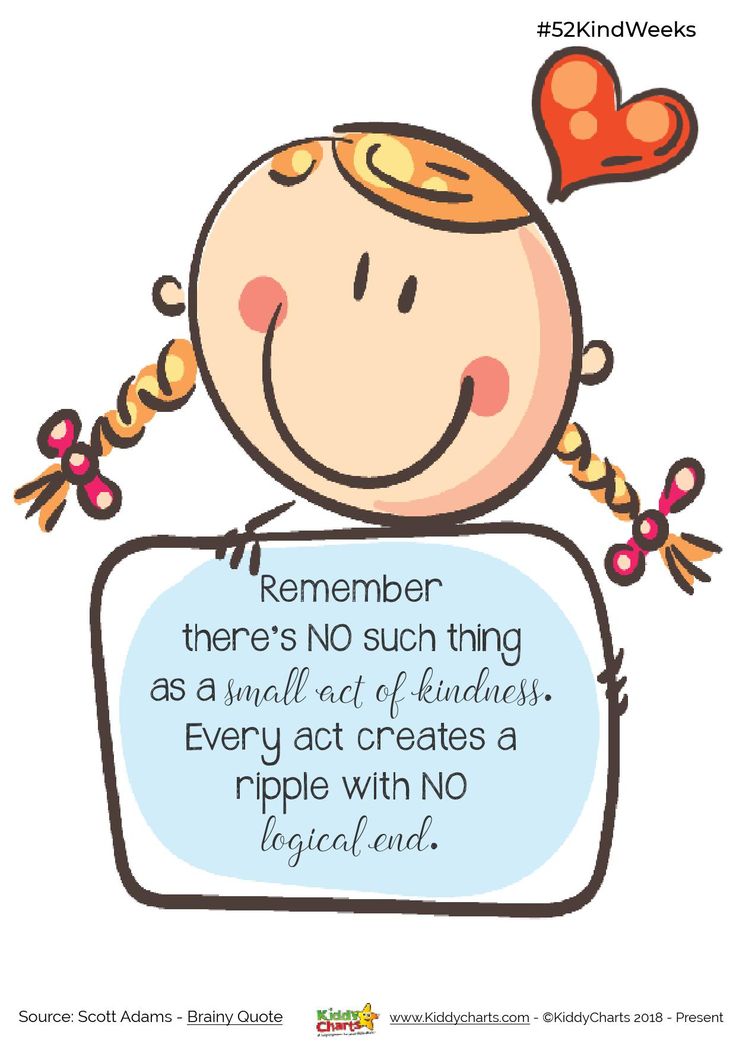 Make sure you know which one you're seeing.)
Make sure you know which one you're seeing.)
People who grow plants are involved in their entire life cycles. For kids, this kindness activity may be the first time they've ever done something like it and they learn how everything needs love and attention.
Try to choose a hardy plant (e.g. succulents), particularly for younger or more forgetful kids. Make the plant their full responsibility, supervising only as necessary.
If the plant dies? This is a time for a growth mindset, not shame. Even the best gardeners' plants die from time to time. Talk about what may have gone wrong (and whether or not it was in the child's control) and try again with a new plant.
Day 10: Create a Compliment BoardTruly effective kindness activities for kids will challenge children to dig deep and really think about what they appreciate about others. A compliment board can be a great avenue for generating kind thinking patterns.
Create a spot in your house or classroom where children can put notes saying something positive about, or giving thanks to, someone else. If you're in a classroom, you could use envelopes for individual students.
Leave this up for the rest of the month or longer if you like.
These notes should be sincere and never forced; they should be written when someone wants to say something kind.
Try to keep it from becoming a competition. Perhaps make the notes anonymous or decide ahead of time who will receive compliments from the rest of the group that day or week.
Note to teachers: Is there someone who'll never get these notes? Get to the root of the issue and make sure it's fixed before starting this activity.
Don't forget to download our FREE 21-Day Family Gratitude Challenge and make this challenge a part of your family's routine!
Day 11: Create Growth Mindset RocksGrowth mindset rocks are stones kids paint and write messages on.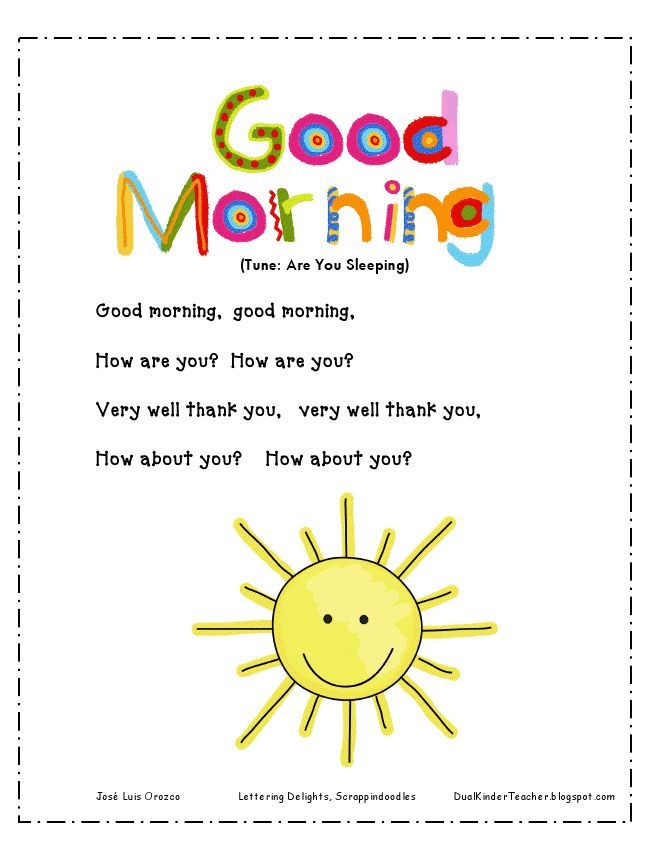 The message could be something as simple as "You rock!" or something more profound.
The message could be something as simple as "You rock!" or something more profound.
Place the painted rocks in a public location (with permission) or your yard with a sign telling people they can take one.
Day 12: Play a Cooperative GameWhat better activity for teaching kids kindness than a good old-fashioned game?
A cooperative game is a game or puzzle where you must work as a team. Winning only happens through active listening and group decision-making. Some of these games are:
- For younger kids: Outfoxed!, Friends and Neighbors: The Helping Game, Gnomes at Night
- For older kids: Mysterium, Forbidden Island
There are books about kindness for every age group and they don't have to be totally on the nose to be effective. Find books kids can relate to and be prepared to discuss kindness using the book.
Some books may take longer to read. Treat these like you're in a book club and space the reading out over the month.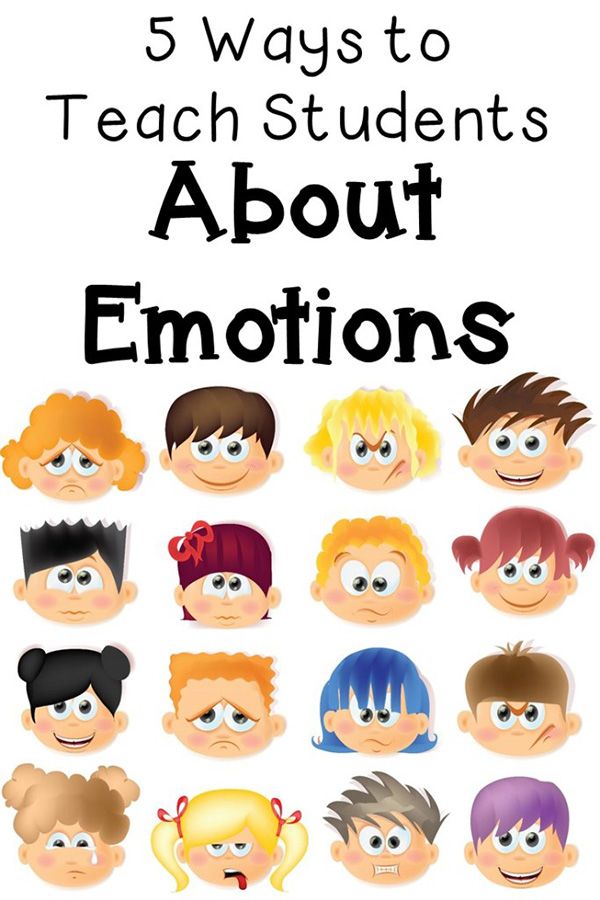
You can find the theme of kindness in a variety of books, including:
- For young kids: The Rabbit Listened, Last Stop on Market Street, The World Needs More Purple People
- For tweens or teens: To Kill a Mockingbird, Wonder, A Wrinkle in Time
One of the most effective kindness activities for kids is discussing diversity and more importantly inclusivity in an open and honest manner. While you should focus on similarities, it's essential to acknowledge differences exist.
Explain what you can. If a question stumps you, research it in real-time. Admitting you don't know everything models a growth mindset.
Discuss what we should do or say if we notice someone different than us and give kids the opportunity to ask you questions in a safe space or do their own research.
Day 15: Discuss Misguided KindnessSometimes an act of kindness may not be as kind as we think.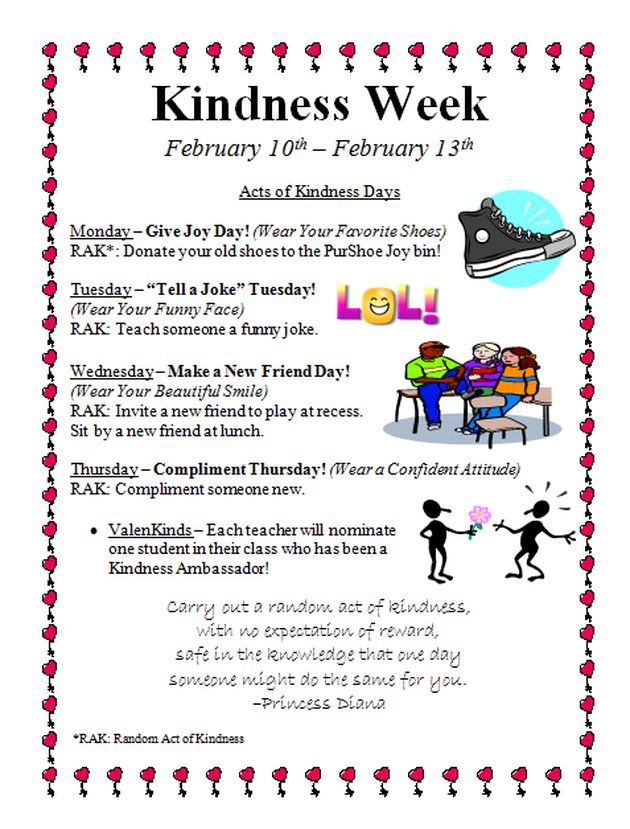
For instance, someone may assume a person with a visible disability needs help. Author Rebekah Taussig discusses this topic in an article for Time. You could summarize the article for younger kids and have older ones read it themselves.
Other acts of "misguided kindness" can be based on assumptions about race. For example, complimenting someone's English or touching someone's hair to say how much you like it can be unkind.
Even giving someone a hug they don't want can be an act of misguided kindness as it invades their personal space.
Day 16: It's Science Time!While kindness is about being selfless, there is a selfish aspect to it: When you do something kind, you feel good. This is because your brain releases the "happy chemicals" of serotonin, oxytocin, and dopamine.
On this day, focus on teaching your children or students about how the brain works. We have a lesson plan on neuroplasticity to get you started.
Day 17: Learn About BullyingFor something to be classified as bullying, it must be repeated, intentional, and have a power imbalance of some kind.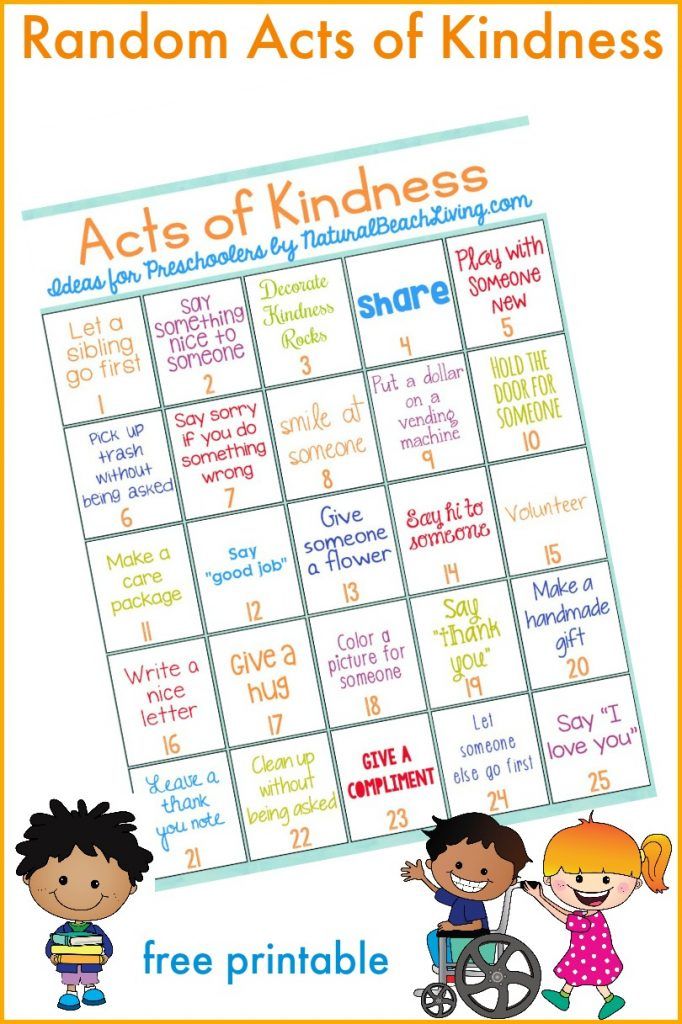
Kids should learn the signs of bullying, when and how to intervene, and the causes of bullying behavior.
Learning about the root causes of bullying behavior can help kids choose the kindest routes. Knowing and understanding people, who exhibit these behaviors, are most likely in pain may help stop negative reactions and, instead, find productive ways to use that energy.
Day 18: Watch a Movie About Overcoming ObstaclesInspiring kids movies like Inside Out, Finding Nemo, and even The Karate Kid show characters overcoming obstacles and often those obstacles include unkind people or the desire to be unkind.
After watching your chosen film together, talk about the kindness (and lack thereof) shown in the film. Let the kids guide the conversation.
Day 19: Hang Out With FriendsThere are few better times for kids to practice kindness than when they have to make decisions about activities and solve problems as a team.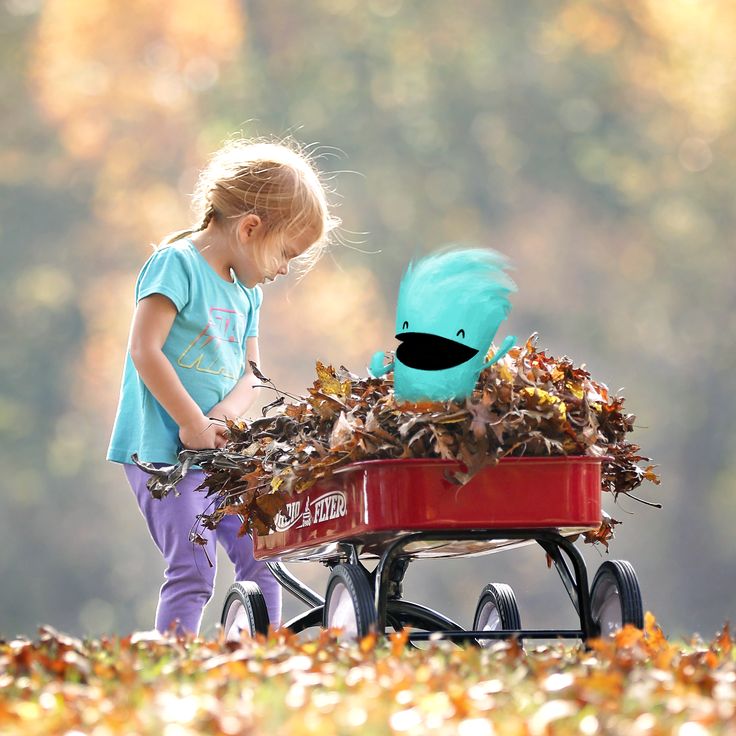
If you're a teacher, this could be letting the kids run around outside for a while or giving free play time—teenagers even secretly love being allowed to play! If you're a parent, arrange a playdate or sleepover for your child and a friend or two.
Day 20: Understand What You Can and Cannot Control
Have an open discussion about times you were unkind because of what was happening around you and talk about what you could have done differently. Discuss the importance of acting on what’s in your control and accepting what is not.
Day 21: Play a Competitive GameFind a competitive board game, card game, or video game your whole family enjoys and play it together. Before starting, discuss how to be a good winner—as well as a good "loser".
Don't let your kid win, at least not every time. Instead, allow them to navigate the waters of both winning and losing at a game.
Day 22: Attend a Cultural EventAttend a public event organized by people of a different background than your child or family.
This doesn't necessarily have to be an education-focused event—you can attend a parade, a festival, etc. But, if there is an educational booth available, visiting it can improve this kindness activity for your kids.
Striving to understand people who are different from oneself is an important step toward kindness as it goes deeper than "tolerance" and "acceptance."
Day 23: Find a Pen PalThere are a ton of ways to find pen pals for your kids.
Meeting a new person, without the immediacy of conversation or texting, gives kids time to think about what they want to say before saying it, which can help them internalize this skill.
Day 24: Love YourselfTalk to your kids about why loving yourself is important.
After all, it is much easier to be kind to others when you are kind to yourself. You can discuss the science of this with older children and teens or keep it to the basics with younger ones.
Day 25: Practice MindfulnessMindfulness helps you reconnect with yourself in a meaningful way.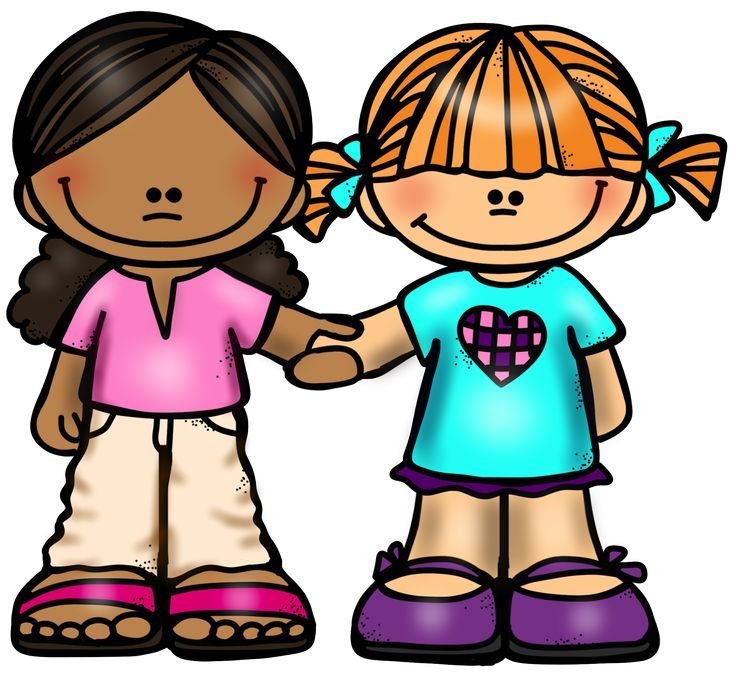 In addition, this activity helps kids with kindness because feeling overwhelmed or disconnected can make you lose focus on what matters.
In addition, this activity helps kids with kindness because feeling overwhelmed or disconnected can make you lose focus on what matters.
This activity looks different for every person, so you should investigate different mindfulness resources to decide what works best for your children.
This next exercise aims to help kids understand when kindness must be overruled for safety.
There are times when being kind is unsafe and standing up for yourself is more important.
Helping a stranger "look for their dog" in a park? Kind, but unsafe. Letting someone hug you when you're not comfortable with them doing so? Kind to them, unkind to yourself.
This is the day when kids learn to say "no" and leave a situation where something doesn't feel right. Empowering kids to set boundaries allows them to be kind to themselves.
Day 27: Learn First AidYou never know when you may need to help someone—or yourself—when injured. Therefore, learning first aid is a great kindness activity for kids.
Therefore, learning first aid is a great kindness activity for kids.
If possible, arrange for a professional (such as someone from the American Red Cross) to run this lesson.
Day 28: Find GratitudeWhen you feel grateful for the world around you, you're more likely to take care of yourself and others. There are a ton of ways to show gratitude for things big and small.
Even something as simple as a gratitude journal can go far. Have your kids write one to three things they are grateful for at the end of each day.
Alternatively, you can create a gratitude jar, where kids write what they’re grateful for on slips of paper to place in the jar. Watch as the jar—and their kindness—fills up!
Day 29: Teach Grit and ResilienceIf we're honest, choosing kindness every day is difficult. We don't always want to take the high road—in fact, that low road looks great sometimes.
Grit and resilience are how we push through those times and steer ourselves back to the higher and kinder road.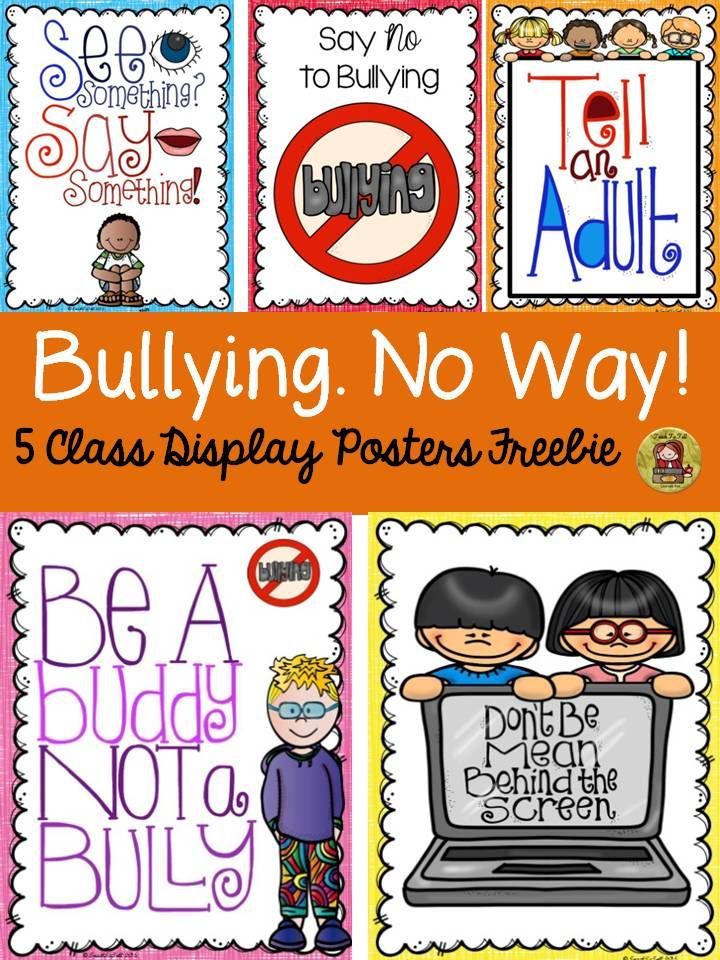
No matter how many kindness activities kids practice, no one is kind all the time. Even when they are, someone else may not reciprocate. These conflicts can be difficult to navigate.
Spend some time going over "I feel" statements, model conflict resolution skills, and then have the children roleplay these new abilities.
Day 31: ReflectToday, summarize the kids' kindness activities over the past month. Then, work out what your children or students have learned and which types of activities they have preferred.
After wards, keep it going with more acts of kindness, both modeled and practiced, as time goes on.
As a reminder, Big Life Journal encourages you to read, watch, or play anything you plan to engage children in before involving them so you can ensure appropriateness and be prepared to discuss.
Additionally, we recommend vetting individuals or locations for anything involving other people, e.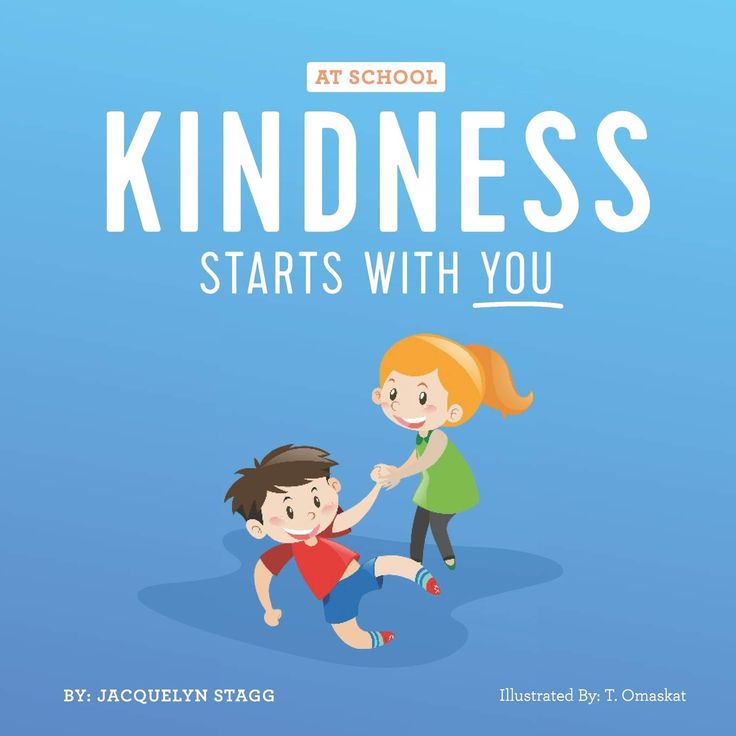 g., pen-pals, store workers, and volunteer positions. We cannot be responsible for any challenges arising from interactions with people involved in these suggestions.
g., pen-pals, store workers, and volunteer positions. We cannot be responsible for any challenges arising from interactions with people involved in these suggestions.
Looking for additional resources to support your child's growth mindset journey? Check out our popular Sibling Kit PDF (ages 5-12)! This printable kit is designed to help your children build a strong bond, mutual trust, and deep connection they will be able to count on for the rest of their lives.
Your children learn how to work through the conflicts, manage their BIG feelings, choose respectful behavior, and build long-lasting mutual trust. And YOU will have a happier and more peaceful home.
19 Activities To Help Nurture Kindness in Your Students
We all can think back to elementary school and remember a time when a classmate or friend was unkind. Times like this often stick with us—and they can negatively impact young learners. Fostering and encouraging kindness at a young age is key to building compassionate, happy, and positive kids.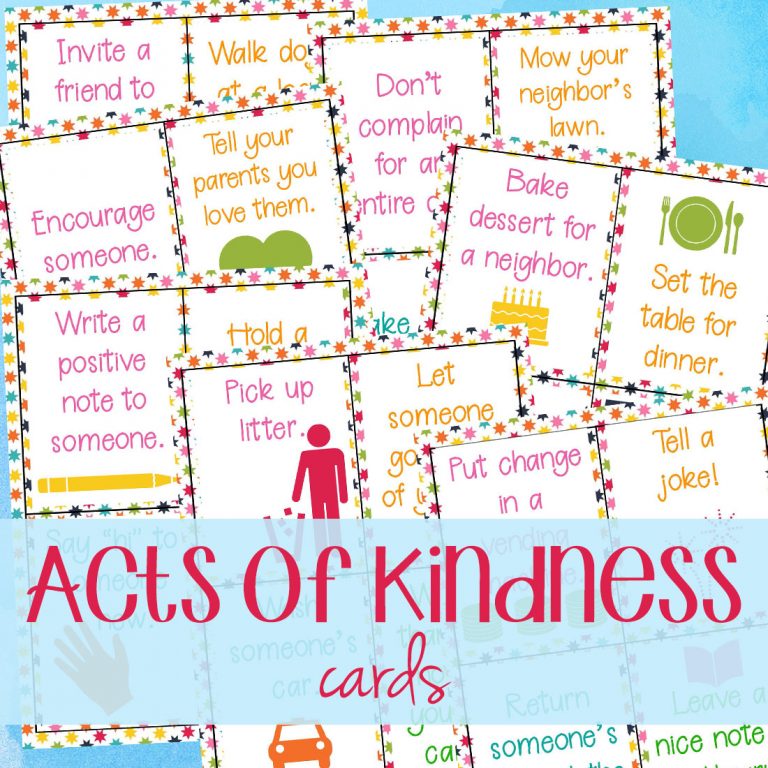 Instilling these behaviors at a young age will also help build future generations that are respectful, embrace diversity, and stand up for justice. This list of kindness activities for kids provides easy ideas to help foster this important characteristic in your pre-K or elementary classroom. You’re sure to find an activity your students will love while having a positive impact on their actions.
Instilling these behaviors at a young age will also help build future generations that are respectful, embrace diversity, and stand up for justice. This list of kindness activities for kids provides easy ideas to help foster this important characteristic in your pre-K or elementary classroom. You’re sure to find an activity your students will love while having a positive impact on their actions.
Our friends at HEART have even more kindness activities for kids, including activities that draw on their love for animals as a foundation for building empathy. Their free Kindness for All lessons provide ready-to-go ideas and printable activities.
Get Kindness Lessons
1. Talk openly about feelings.
Developing emotional vocabulary is essential to young learners. Having this understanding will get kids on their way to expressing and feeling their emotions in a healthy way. Help kids understand different types of emotions by asking them to use facial expressions and body language that describe different feelings. Get the full activity on page 5 of Kindness for All.
Get the full activity on page 5 of Kindness for All.
2. Give examples of kind actions to take.
As you work through the Kindness for All lessons, note some kind actions to take that can be on display as examples. What kind actions can you take in the classroom? At home? When interacting with pets? When interacting with wildlife and nature? Then, hang up the poster in your classroom. Download this FREE poster to fill out with your class!
3. Spread kindness using clothespins.
Brainstorm kind words and compliments as a class. Then, they can be written on clothespins and placed throughout the school, on backpacks, on teachers’ desks, and anywhere else to spread kind words. It’ll be such a sweet surprise!
Image source: @teachwinerepeat
4. Use scenarios to talk about feelings.
Using example scenarios is a great way to invite students into the conversation. With “How Would You Feel?” scenario cards, students will better understand the emotions of others, encouraging them to interact with kindness.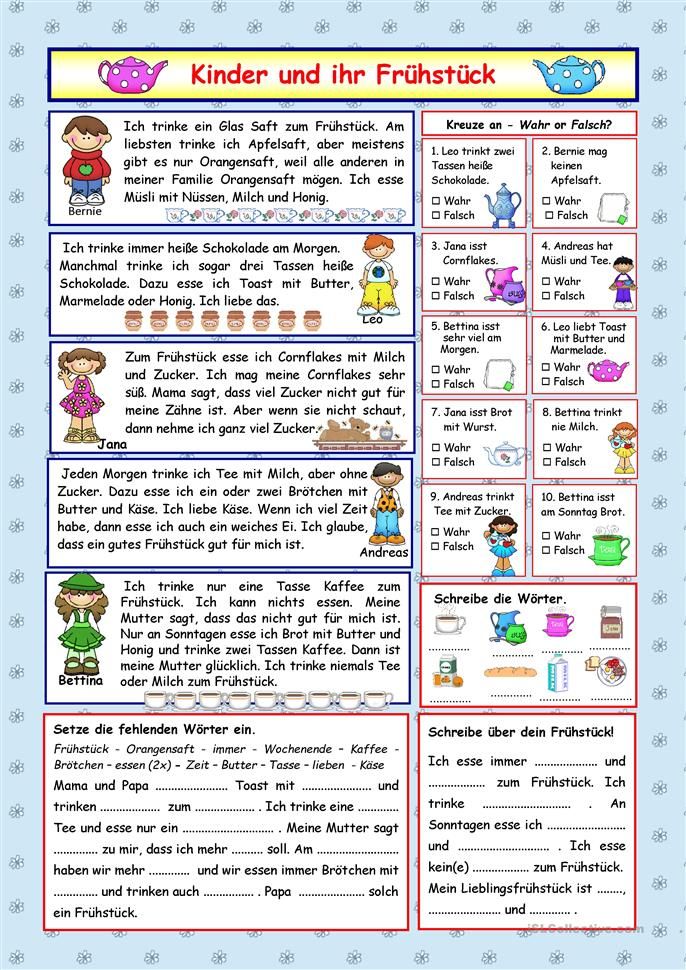 Get these scenario cards on page 12 of Kindness for All.
Get these scenario cards on page 12 of Kindness for All.
5. Send home “Caught Being Kind” notes.
Promote kindness in the classroom by acknowledging when it happens! This note can be filled out quickly and has such a big impact on students. They’ll be proud to take the note home and encouraged to continue kind behavior.
Image source: @mrssmithenwithteaching
6. Teach the difference between helpful and unhelpful actions explicitly.
Read through scenarios to decide if the action that was chosen was a positive, kind choice. Then, map out the helpful vs. unhelpful actions on an anchor chart. Help define these behaviors and get sample scenarios of helpful and unhelpful actions on page 67 of Kindness for All.
Image source: The Happy Teacher
7. Employ tactics for keeping calm.
Sometimes the most unkind behaviors surface when kids struggle to stay calm. Bring in easy ways that students can respectfully and kindly manage their emotions.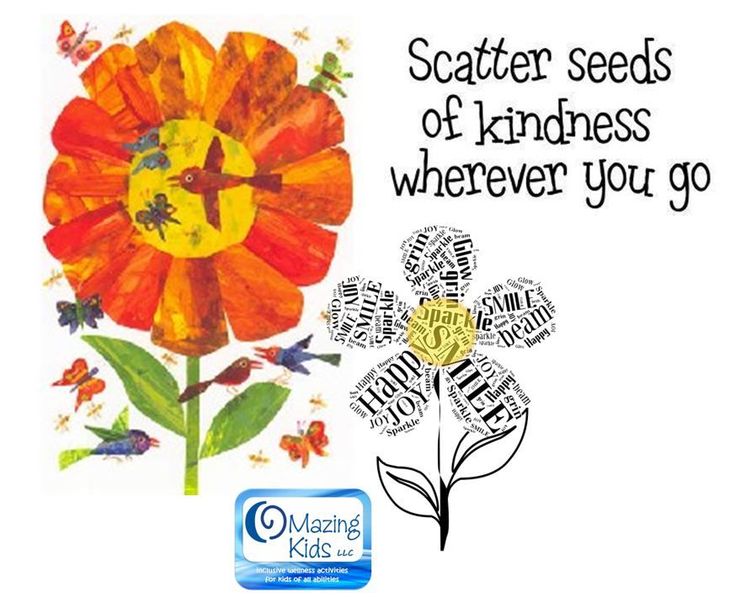 Get a full set of calmness choice cards for your students on page 13 of Kindness for All.
Get a full set of calmness choice cards for your students on page 13 of Kindness for All.
8. Recognize and respect our differences.
As students grow, recognizing and respecting the differences of others is a key to kindness. Talk about similarities and differences by asking students to look at one another’s hands. They may note different lines or shapes, different games or activities they like to play with their hands, or use this as an opportunity to talk about skin color. Get questions and activities to guide this conversation on page 16 of Kindness for All.
9. Make a kindness paper chain.
Hand out strips of paper to students where they can write down ideas on how to be kind to others, the environment, or animals. The class can share why they chose these ideas and then form them into a paper chain to display as a reminder. This is one of our favorite kindness activities for kids to use in the classroom! Get full instructions on this activity on page 71 of Kindness for All.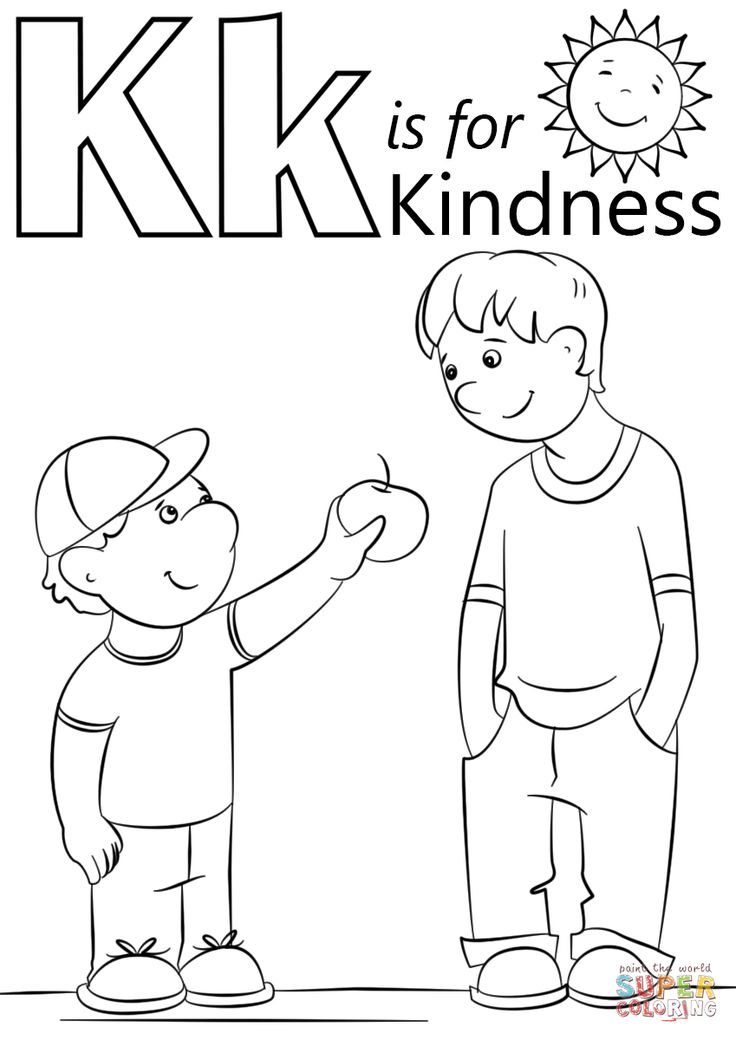
Image source: @MsVanessaDionne
10. Use the power of stories.
Sharing stories has such an impact on young students. Ask them to talk about a time they felt left out or when someone was being unkind, or use a read-aloud book. Then, discuss ways the situation could have gone differently using kind actions. Additionally, use the ready-to-go stories on page 20 of Kindness for All to learn about being kind and respectful to different individuals.
11. Take a kindness oath.
Students can independently create an oath for themselves by writing out things they will strive to do in order to be kind. The class can also create a kindness pledge, listing out items each student will do to have a kind classroom.
Image source: @racheldinunzio
12. Sing about different emotions.
Normalize feelings at home or in the classroom with songs! Songs that openly discuss different emotions show kids that everyone goes through waves of feelings.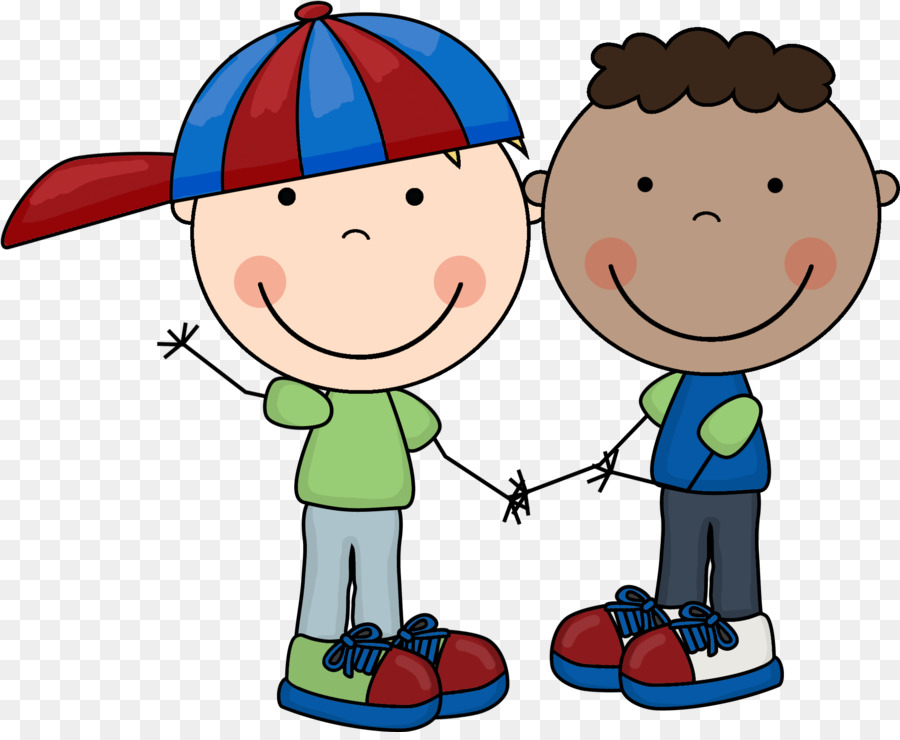 Take this opportunity to discuss ways that these feelings can be displayed while remaining kind. Get this song on page 11 of Kindness for All.
Take this opportunity to discuss ways that these feelings can be displayed while remaining kind. Get this song on page 11 of Kindness for All.
13. Think about what makes each of us unique.
Having students recognize their own uniqueness will make them more understanding of others’ differences. Recognizing how they may be different will lead to treating others with kindness as they see each individual’s unique characteristics. Get a take-home worksheet where students can work with their loved ones to talk about their unique cultures and traditions on page 22 of Kindness for All.
14. Brainstorm ideas for being kind.
Give students stories or scenarios and allow them to decide what type of action they should take to be kind to that person. Letting students give their own answers and make their own decisions in these scenarios is a great way to check for understanding. Then, make these ideas into a bulletin board for the classroom. Get “Kindness in Action” scenarios on page 81 of Kindness for All.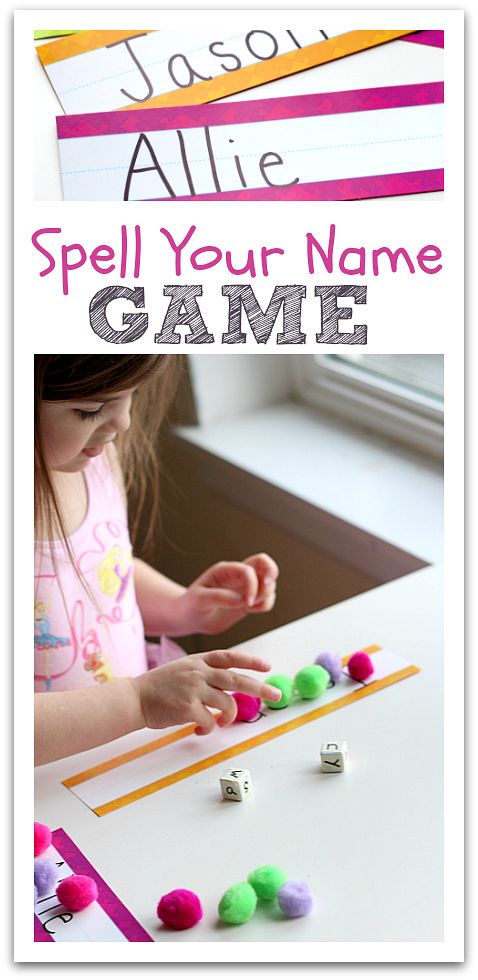
Image source: @learningwithcrayons
15. Understand positive behavior through the feelings of animals.
Help students understand prosocial behaviors—behaviors that are voluntary actions intended to help others. Using students’ connections to and passion for animals as an example, discuss safe ways to approach animals and positive behavior around them to promote kind actions. Guide this discussion using the lesson beginning on page 24 of Kindness for All, which includes animal photos and discussion questions.
16. Learn about needs.
Grasping needs is important to being compassionate. Use the needs of animals as a simple way to talk about what is necessary to be happy, healthy, and safe. Students can use provided cards to compare the needs of animals and humans, recognizing that both need our compassion and care. Get the “Understanding Needs” matching cards on page 44 of Kindness for All.
17. Make a collage to represent helpful behavior.
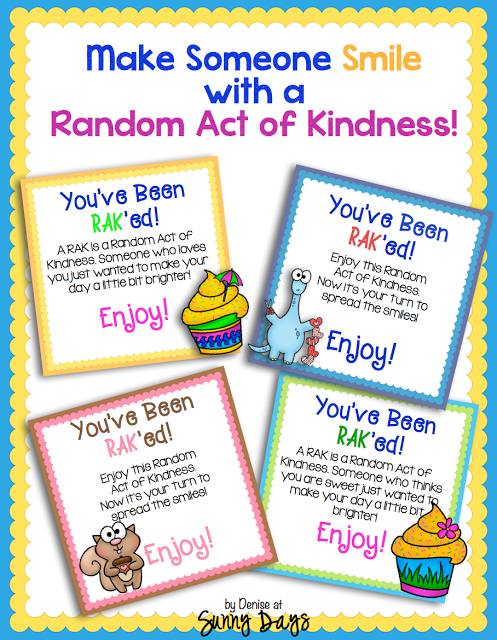
Place pictures or papers with actions written on them around the room for students to collect and put into two piles—one representing kind and helpful actions and the other representing unkind actions. As a class, discuss why each was put into that pile and use the kind behaviors to make a classroom display. Download “Helpful” and “Not Helpful” photo cards to print on page 72 of Kindness for All.
Image source: Tales From a Very Busy Teacher
18. Learn to respect wildlife.
Help students show respect for the natural world while keeping in mind ways to be kind through actions that benefit the environment. Use the animal and environment images on the Respecting Wildlife Cards on page 59 of Kindness for All to start a discussion.
19. Create kindness challenges to work toward.
As a class, decide on ways you can be kind to classmates, teachers, friends, and more as a daily or weekly challenge. By choosing one action to focus on, students can really notice the difference being kind to others can truly make.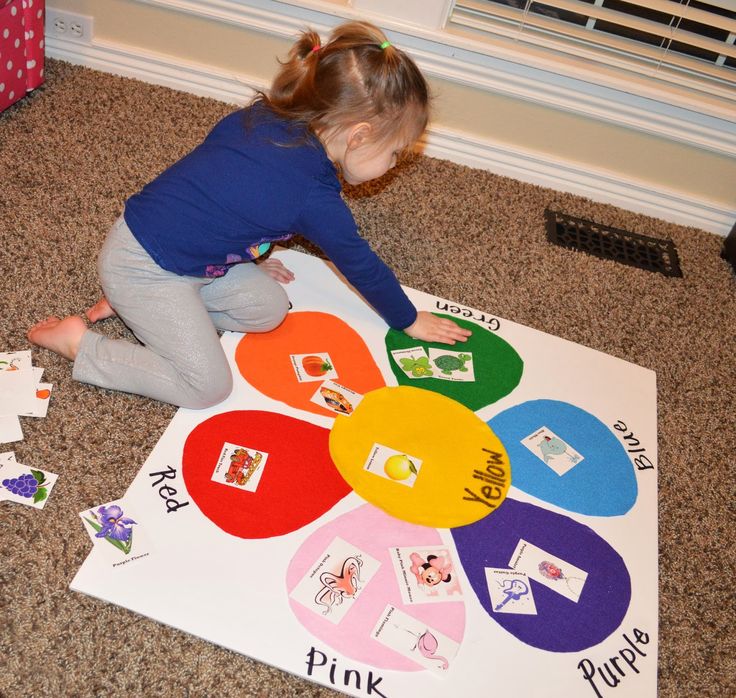 Read more on page 71 of Kindness for All.
Read more on page 71 of Kindness for All.
Image source: @proudtobeprimary
Looking for more kindness activities for kids? Get even more free resources and tool kits from HEART to bring kindness into your classroom.
municipal preschool educational institution "Kindergarten No. 12" of the city of Yaroslavl
Lessons of kindness
Education with love
What is your child capable of, what does he succeed and what does not? Maybe he can do some things better than others. Do not be afraid to talk about what he can do better than you, this will not damage your authority, on the contrary, it will emphasize your democracy in relations with your child. The purpose of such conversations is to teach him to analyze, evaluate himself. But, unfortunately, parents most often tend to notice shortcomings, and little attention is paid to what the child already knows, what he has mastered with some effort.
Do not skimp on praise.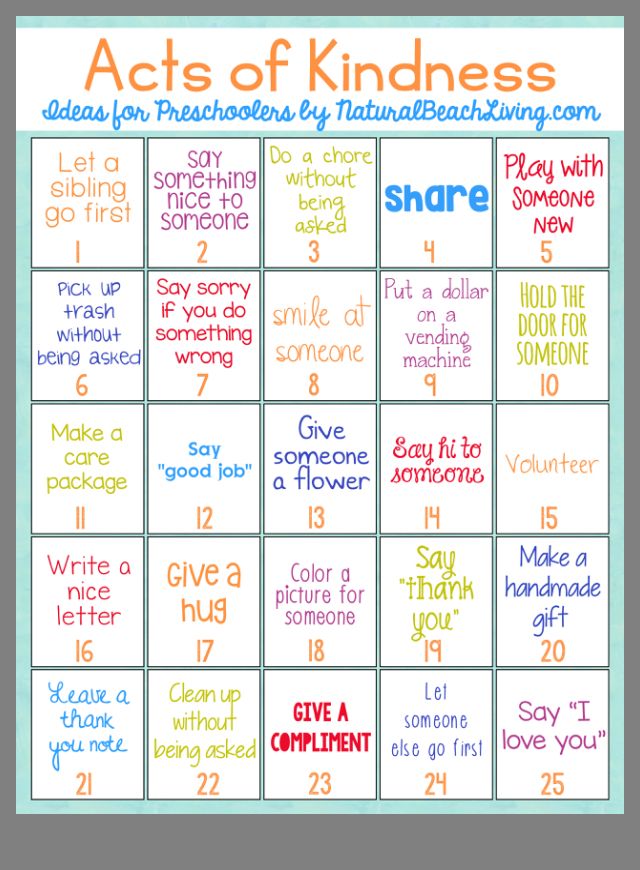 This will give the child self-confidence and that close people appreciate his ability and desire to learn something.
This will give the child self-confidence and that close people appreciate his ability and desire to learn something.
After all, every person needs praise. Don't you yourself wait for the evaluation of your work, your positive act, doesn't it offend you when your efforts go unnoticed? Praise is an important mechanism of influence on the psyche. It helps self-affirmation, it brings people together, it is the way to the soul of another person. And even if it is a little exaggerated (and we are fully aware of this, it still serves a good purpose. So if we, adults, need praise, then how much does a child need it, who is just embarking on the difficult path of knowing the world.
And one of the ways of this cognition is for a child to imitate adults. It is vital (and, by the way, very responsible for adults) to be a role model, because only through imitation do children acquire social experience, become people, learn deep human feelings. dress, read, etc. But love? A difficult task, because words, exhortations, moralizing will not do anything here.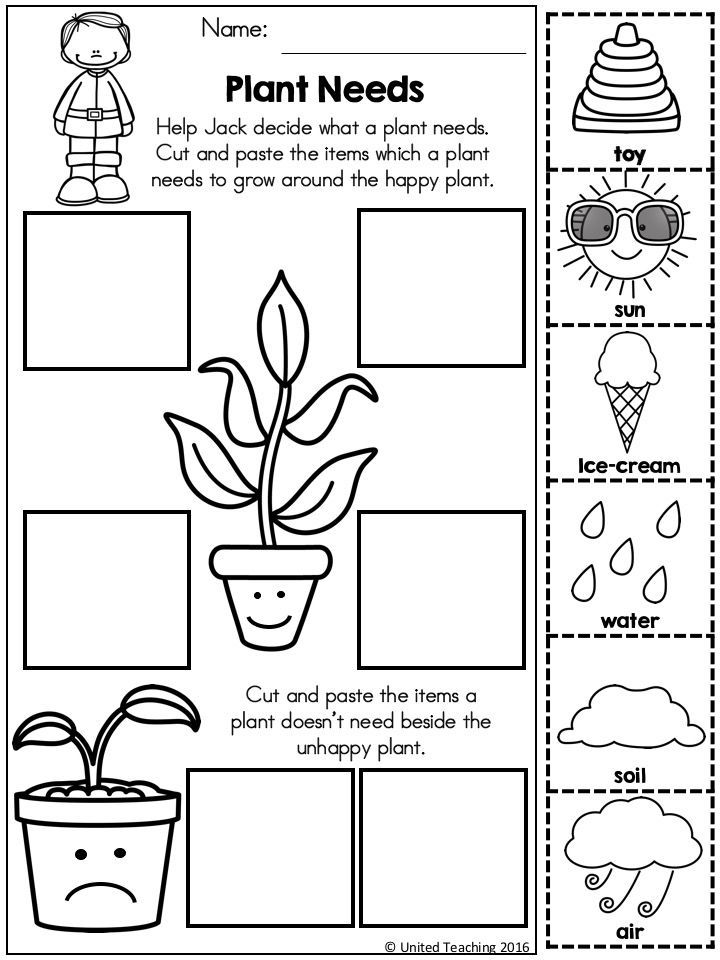 Is it possible to count on a positive result by telling a child: '' Love me! and he won't, you can say, ''Come to me!'' and he will come. But offer to love yourself?0005
Is it possible to count on a positive result by telling a child: '' Love me! and he won't, you can say, ''Come to me!'' and he will come. But offer to love yourself?0005
The mechanism of the emergence of love is hidden from man. Scientists often argue over definitions, they also argue about what love is. She is sung in verse by poets, music is dedicated to her and paintings are written, she inspires everyone who is lucky enough to experience this amazing feeling. But why, having met one person, we are imbued with this special feeling for him, but are indifferent to another? The mystery is still a mystery, but there is a feeling! And we know for sure: it must be real, that is, it must be expressed in concrete forms in relation to the object of love. We love our child and take care of him, protect him, caress him. And he? He loves his parents too. But he often does not know how to express his love, speaking in a pedagogical language, he does not know how to express feelings.
A child can be taught these ways.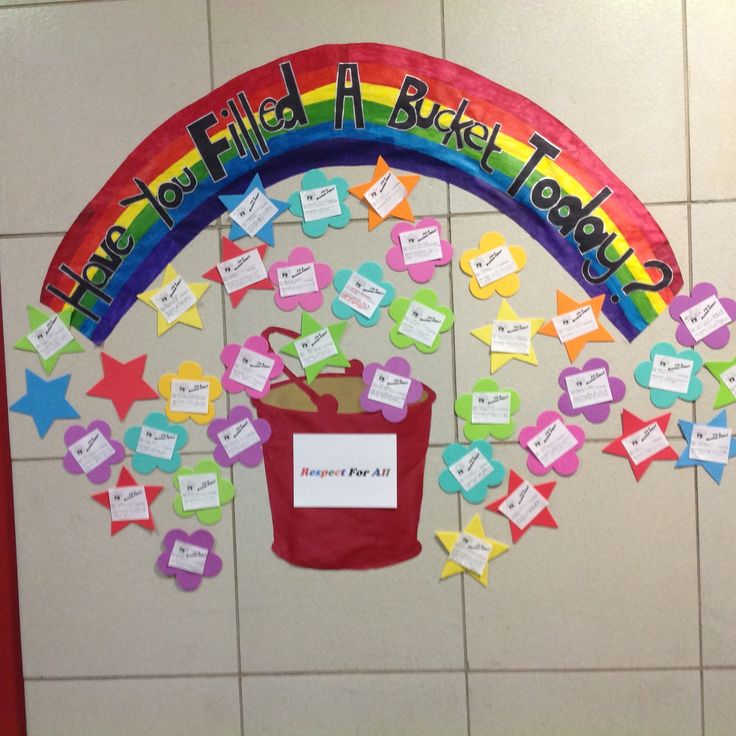 This ''school'' is made up of little things, every day. ''Tell something funny, otherwise I'm so sad'', ''give dad a magazine'', ''let's make grandma happy and prepare a surprise for her'', etc., etc. Ways of expressing love '' scattered throughout our lives, they are in all our relationships with people.
This ''school'' is made up of little things, every day. ''Tell something funny, otherwise I'm so sad'', ''give dad a magazine'', ''let's make grandma happy and prepare a surprise for her'', etc., etc. Ways of expressing love '' scattered throughout our lives, they are in all our relationships with people.
You can teach a child to ''read'' emotions, that is, to determine the relationship between people by facial expression, body position, voice intonation.
Play this game with your child. Watch a fragment of a movie with the sound turned off. Ask the kid: how do these people relate to each other, why did you think that way? ''Read'' emotions in drawings, pictures, and then on the faces of loved ones.
And most importantly, tell your child that you love him. He must live in an atmosphere of happiness and love of people close to him and be sure that he will always be supported, and if they scold him, then for the cause. The more often you tell your baby about your love for him, the more likely that he will learn to answer you in the same way.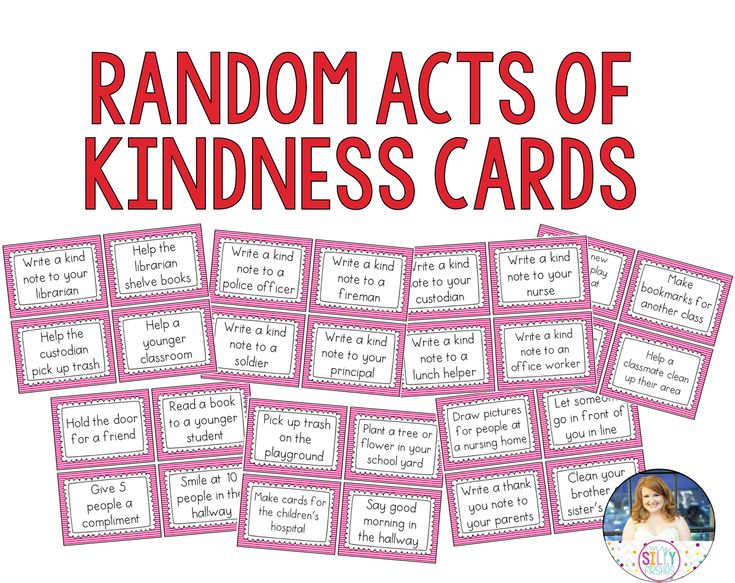
We don't tell our children much about ourselves (but we need to know the object of love). About your childhood, about your friends, about your successes and failures, about why we cried or rejoiced, about the first books you read and the performances you watched. In a word, about his human essence, about his attitude to the world. At the same time, one should not try to look so smooth, infallible in the eyes of the child, but one should not create the opposite image, when some unseemly act, poor study, violations of discipline are presented as a great achievement or heroism. Children love it when their parents tell them about themselves, at this time they kind of discover a loved one for themselves. Such moments are the practice of love and affection.
It is very interesting to watch children play, in which they play adults, people close to them. As in a mirror you will see yourself and your family, you will hear such familiar intonations. Maybe this will make you draw useful conclusions?
It is worth telling children about other, ''foreign'' adults who can serve as a model.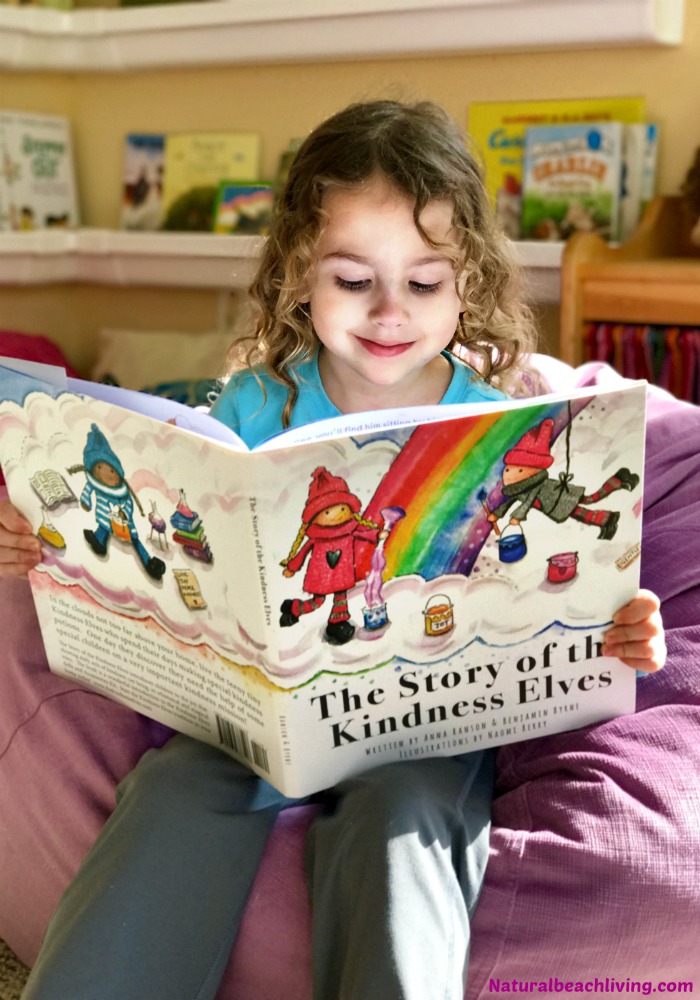 Today, some teachers and psychologists, advocating the upbringing of a free independent personality, oppose "examples" in upbringing. But is it possible? Is it possible to educate a person without a reference to some kind of model? Imitation is a kind of socialization path. Of course, we are not talking about mindless copying, but about the fact that, looking at adults, the child seems to see the prospect of his development. ''I'll be an adult too''. Gradually, an ideal person is formed, which the child would like to be like. The task is to make it a positive ideal, therefore, in addition to the fact that parents should be an attractive model for a schoolchild, you need to tell children about ''good people'', about their lives and deeds, and about what they left people.
Today, some teachers and psychologists, advocating the upbringing of a free independent personality, oppose "examples" in upbringing. But is it possible? Is it possible to educate a person without a reference to some kind of model? Imitation is a kind of socialization path. Of course, we are not talking about mindless copying, but about the fact that, looking at adults, the child seems to see the prospect of his development. ''I'll be an adult too''. Gradually, an ideal person is formed, which the child would like to be like. The task is to make it a positive ideal, therefore, in addition to the fact that parents should be an attractive model for a schoolchild, you need to tell children about ''good people'', about their lives and deeds, and about what they left people.
Raising a child, bringing up a person in him, a person is not an easy task, very responsible, but grateful. And let the wonderful words of V. A. Sukhomlinsky serve as a kind of guide for you:
“Childhood is the most important period of human life, not preparation for the future life, but real, bright, original, unique life. And how childhood passed, who led the child by the hand in childhood, what entered into his mind and heart from the world around him - it depends to a decisive extent on what kind of person today's baby will become.
And how childhood passed, who led the child by the hand in childhood, what entered into his mind and heart from the world around him - it depends to a decisive extent on what kind of person today's baby will become.
To sow kindness in children's souls means:
Love for the motherland begins with love for family and home.
Childhood is the happiest time in a person's life, and images, sensations, people remain in the child's mind forever. In childhood, a feeling of love for their native places, and for the Motherland as a whole, is born. There are many beautiful places on earth that are comfortable for life, but a person is almost always attracted to where he was born and where his formation took place. Particularly sensitive natures suffer from nostalgia - homesickness, if they live in a foreign land and do not have the opportunity to visit a region dear to their hearts.
So where does the Motherland begin? Probably, from a feeling of home, from attachment to relatives and friends, from a sense of responsibility for them.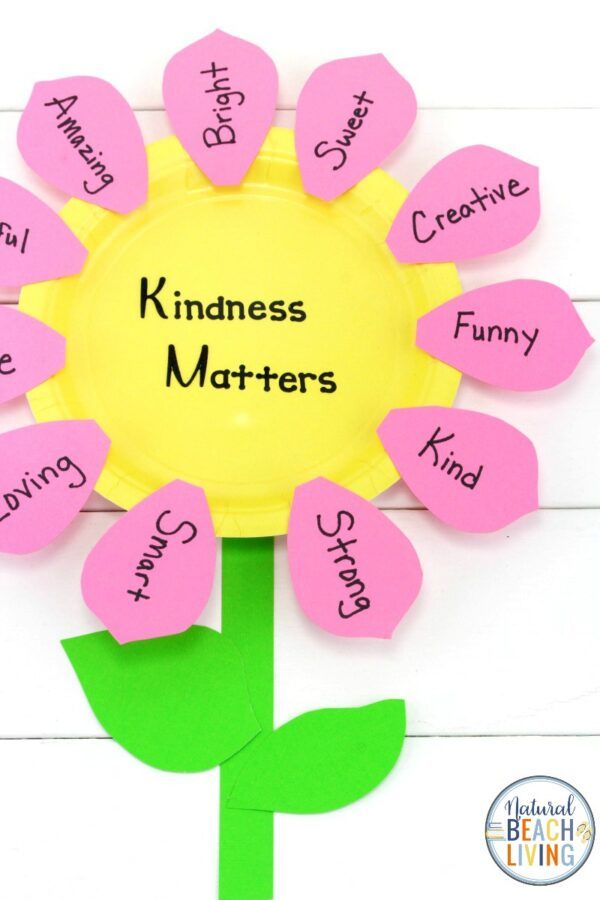
Responsibility is a very important feeling for the formation of patriotism. If a child does not take part in the affairs of the home and family - does not follow, does not protect, does not create - then he resembles a lazy tenant who does not value anything in someone else's house, yard, city. And he will not love the place where he lives. Responsibility and affection form a sense of patriotism: a child cares about how his home looks, how his relatives live, how his village, city, region, region, country develops. But responsibility does not appear by itself, it must be brought up. And form a bond.
Walks and trips around the neighborhood of a small homeland bring the family very close and contribute to the development of a sense of patriotism. For the rest of their lives, children will remember weaving wreaths of wildflowers or cooking fish soup and telling their parents around the campfire. And someone will remember the smell of mushrooms or berries, someone will remember the smell of baking on the street corner or the sound of fountains in the square near the house. And these memories will become one of the threads that connect people with their family and the place where they were born.
And these memories will become one of the threads that connect people with their family and the place where they were born.
It is very important to tell children about the life of a family - it must have had extraordinary personalities with beautiful or noble deeds, interesting destinies, adventures and deeds. Family photo albums and relics will help in this. It is not worth inventing, it is important to focus on the merits of relatives.
One of the most effective means of patriotic education of children is museums. Especially museums of military glory. The exploits and bright deeds of fellow countrymen evoke a sense of pride for their compatriots and for the homeland as a whole. Education by example is one of the most effective teaching methods. The younger generation should know the heroes of their country and look up to them.
Books about valor, deeds, fame, friendship, and nature are of great importance in the formation of love for the motherland.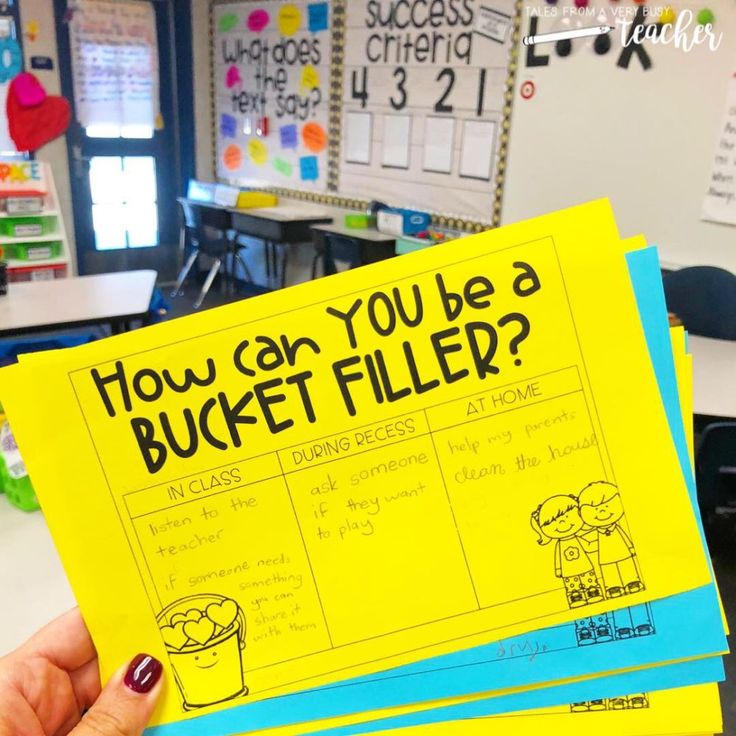 It is good to read them with the whole family to discuss and analyze. In my childhood, all my peers read Dmitry Medvedev's book "Strong in Spirit". I still remember the words of the protagonist, scout Nikolai Kuznetsov, from his farewell letter: “Let the Nazis know what a Russian patriot and Bolshevik is capable of. Let them know that it is impossible to conquer our people, just as it is impossible to extinguish the sun.” And we believed these words, were proud of the hero and dreamed of being like him.
It is good to read them with the whole family to discuss and analyze. In my childhood, all my peers read Dmitry Medvedev's book "Strong in Spirit". I still remember the words of the protagonist, scout Nikolai Kuznetsov, from his farewell letter: “Let the Nazis know what a Russian patriot and Bolshevik is capable of. Let them know that it is impossible to conquer our people, just as it is impossible to extinguish the sun.” And we believed these words, were proud of the hero and dreamed of being like him.
Literature, cinema, music, painting - art is a powerful tool for instilling a sense of patriotism in people.
So where does the Motherland begin? From the family, from deeds for the benefit of oneself and others, from responsibility and indifference. By instilling in children a sense of patriotism, we make tomorrow more stable, prosperous and happier.
This is a kind word - Mom!!!
The most beautiful word on earth is mother.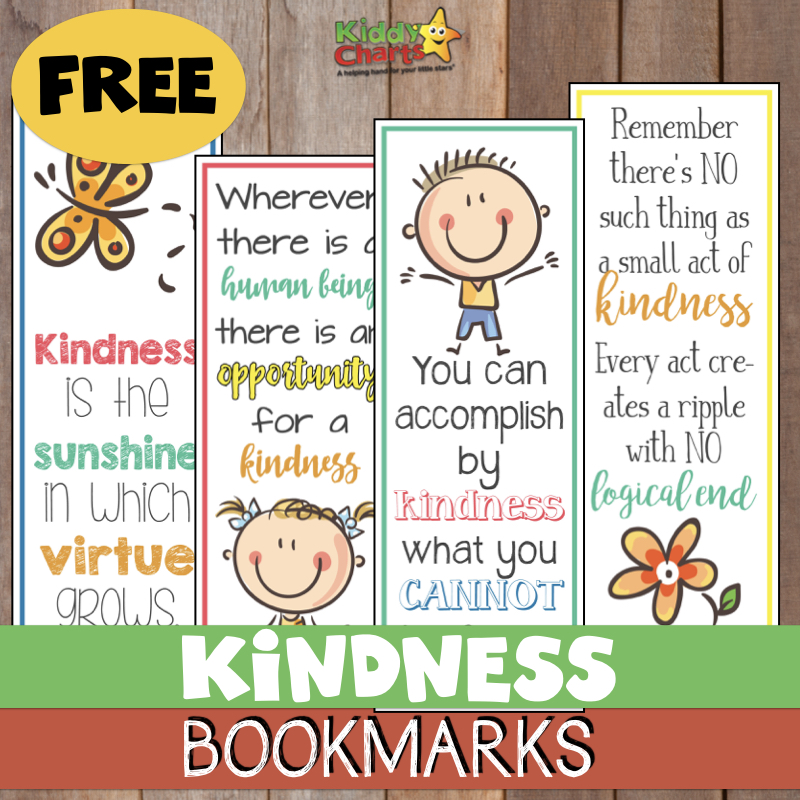 This is the first word that a person utters, and it sounds equally gentle in all languages. Mom has the kindest and most affectionate hands, they can do everything. Mom has the most faithful and sensitive heart - love never goes out in it, it does not remain indifferent to anything. And no matter how old you are - five or fifty, you always need a mother, her caress, her look. And the more your love for your mother, the happier, brighter her life.
This is the first word that a person utters, and it sounds equally gentle in all languages. Mom has the kindest and most affectionate hands, they can do everything. Mom has the most faithful and sensitive heart - love never goes out in it, it does not remain indifferent to anything. And no matter how old you are - five or fifty, you always need a mother, her caress, her look. And the more your love for your mother, the happier, brighter her life.
Mother is the wonder of the world. With her endless readiness for self-sacrifice, she inspires the child with a sense of tenderness and security. We love our mothers, young and old. All of them are the best for us, kind, smart, beautiful. They know and can do everything. It's no secret that for our mothers at any age we are children who need their care, affection, love.
In early childhood, we love our mothers with boundless love. Later, our love becomes more restrained. Sometimes we can answer them sharply, forgetting that mom cares when we come home, with whom we are.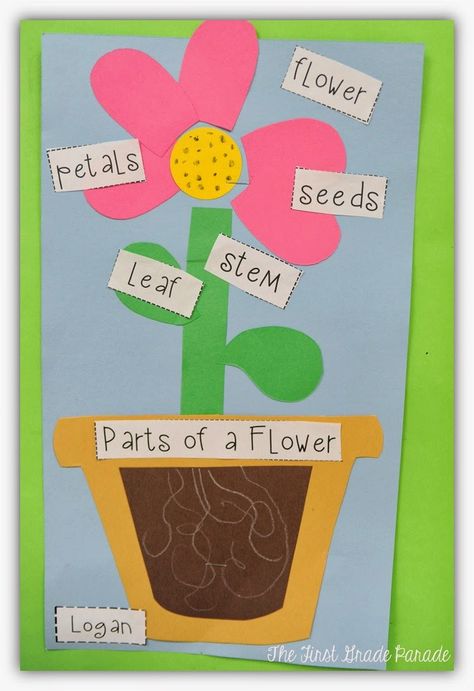 It is necessary to protect and protect the health of your loved ones, and no matter how you try to replace them with friends and girlfriends, in difficult times and bitter days, you still turned to your mother. Mom is the person who keeps the house.
It is necessary to protect and protect the health of your loved ones, and no matter how you try to replace them with friends and girlfriends, in difficult times and bitter days, you still turned to your mother. Mom is the person who keeps the house.
Mom means tenderness,
This is affection, kindness,
Mom means serenity,
This is joy, beauty!
Mom is a bedtime story,
This is the morning dawn,
Mom is a hint in difficult times,
This is wisdom and advice!
Mom is the green of summer,
This is snow, autumn leaf,
Mom is a ray of light,
Mom means LIFE!
It is MAMA who creates family comfort!
Family is friendship, stability, comfort. The family is a place where they believe and wait. Where anyone will be accepted, understood and forgiven, where a smile and a loving look rule. In the family, everything is always shared by everyone: problems, good luck and joyful laughter. So be a strong, happy family, then sadness will bypass you!
So be a strong, happy family, then sadness will bypass you!
Our little brothers
October 4 - World Animal Day
-
Did you know that cows moo with different accents depending on the region they come from?
-
Or that bats always turn left when they leave a cave?
-
Zebra is actually white and black, not black and white.
-
And flamingos can only feed by hanging their heads down!
- Or here's another puzzle: the quacking of a duck doesn't echo anywhere, and no one knows why!
These are just a few amazing facts about animal life out of a million similar ones - facts that prove how wonderful the animal world is and how the presence of animals on our beautiful planet enriches our own human journey through life.
There are many things in the world that threaten the future of the animals that our planet is home to.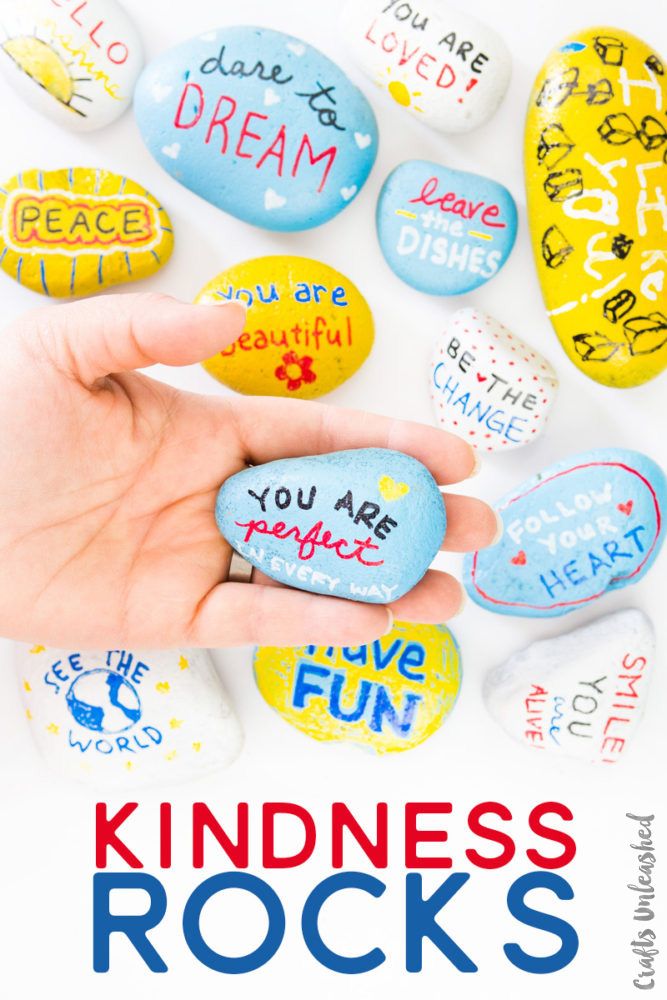 Every day we are faced with the overconsumption of natural resources, the destruction of wetlands and forest areas for new construction sites, the way animal habitats are separated by roads under construction.
Every day we are faced with the overconsumption of natural resources, the destruction of wetlands and forest areas for new construction sites, the way animal habitats are separated by roads under construction.
Deadly species are introduced into ecosystems they don't belong to, and the illegal wildlife trade and poaching are wiping out entire animal populations. Established that every million years dies out 9percent of all species.
In other words, one to five species of living creatures disappear each year. Over the entire history of the Earth, the rate of extinction has increased five times. The last mass extinction was 65 million years ago, when the last dinosaurs died out.
We humans are neighbors and friends of these living beings, and it is our duty to help protect them, enable their future generations to grow and multiply, and our descendants, in turn, have the happiness of living with them in the same world. World Animal Day was first celebrated on 1931 as a way to draw attention to the plight of endangered species.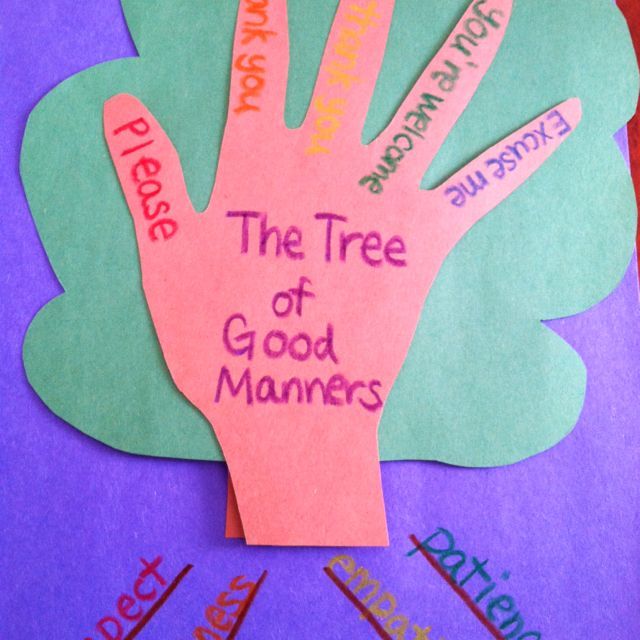 Since then, this day has turned into a day to honor all the animals of the world, regardless of the nationality, religion, creed or political views of those who celebrate this day.
Since then, this day has turned into a day to honor all the animals of the world, regardless of the nationality, religion, creed or political views of those who celebrate this day.
This holiday is not associated with any particular person, organization or action! This is the day of all people and animals living side by side in our vast world! This is a time to protect, educate, unite, involve and inform people about existing animal problems.
What can you do on World Animal Day?
Each of you can contribute:
• Tell people about animals on our planet, the situation they are in, and the importance of World Animal Day! Many people simply do not know about the existence of "puppy factories" and illegal dog fights, so in order to somehow influence the situation, they need information! Some don't know all the benefits of living without meat. In addition, you can help dispel myths about certain animal breeds and educate people about adopting pets instead of buying them.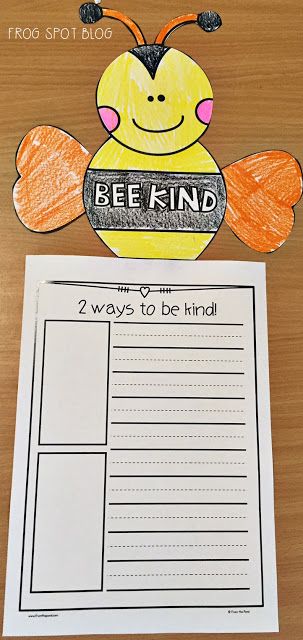 But do not overdo it - no one likes boring teachings!
But do not overdo it - no one likes boring teachings!
• Expand your horizons by reading books by animal experts such as Jane Goodall, as well as children's books about animals that you can then discuss with children you know.
• Write a letter to your local newspaper or post on your blog or social media page about World Animal Day and its importance.
• Donate to your local animal shelter. They always need food, toilet fillers and more. Call the nearest shelter - they often have a whole list of needs.
• Volunteer at a local shelter or consider adopting an animal from a shelter. We'll cover this in more detail next month in the "Living Beings" section. Follow the news!
• Make your garden more attractive to animals by adding a birdbath or planting plants that attract bees.
• Say "thank you" to those who help save and protect animals day after day. Stop by your local veterinary clinic or animal shelter and leave something sweet for the volunteers, for whom every day is Animal Protection Day (just make sure the animals don't get to those sweets themselves!).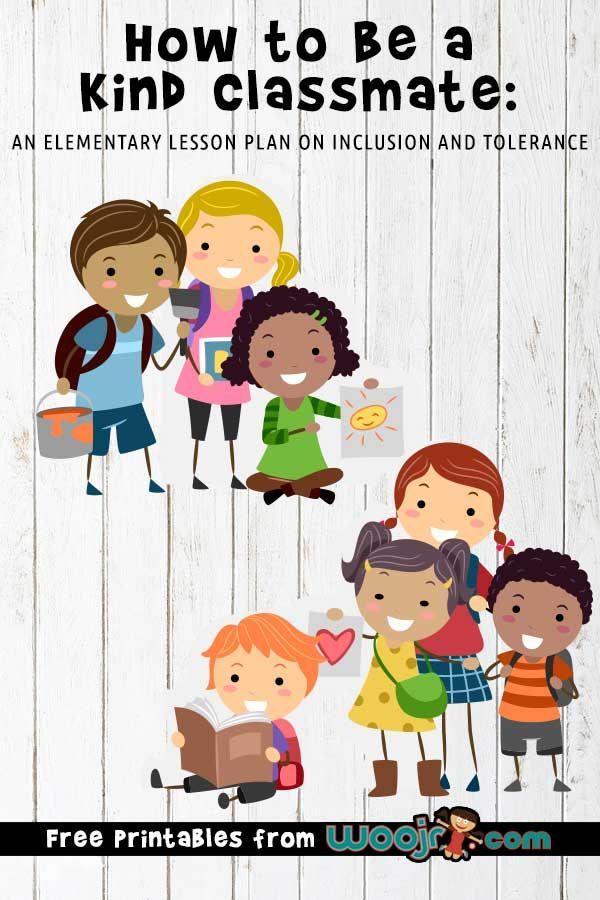
• Treat your pet with a surprise treat and spend more time with him. If you know someone who doesn't have that opportunity, help their pets too!
World Animal Day is an opportunity for people to show their love and respect for animals by recognizing their important role in our lives. Raising people's awareness of the situation of animals is intended to ensure the protection of animal rights around the world. So, do something good and positive today! Inspire. Teach. Unite. On October 4, be a part of something special - something that pays tribute to all animals on our planet!
Save nature - save life on earth!
Why do we live in the world? What is the meaning of human life? What footprint will we leave on Earth? How often do we ask ourselves these questions? But, trying to answer them, we think first of all about the profession, about work, about achievements in the field of science and technology.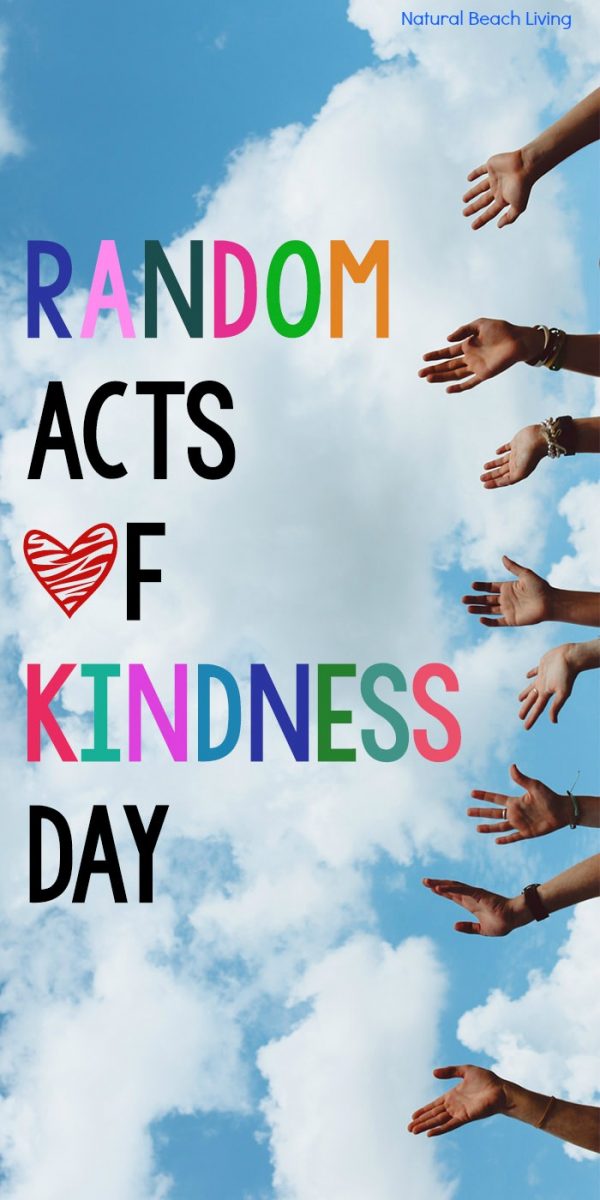 We also think about our loved ones, about friends, about the benefits that we can bring to society, about the help that we can provide to relatives, acquaintances or just strangers. We know that all this is our contribution to the development and well-being of mankind. But do we think that it is impossible to benefit humanity by caring only for the good of man? Because man himself is nothing without the world of animate and inanimate nature surrounding him. We will never be able to save humanity without trying to preserve natural resources and wealth.
We also think about our loved ones, about friends, about the benefits that we can bring to society, about the help that we can provide to relatives, acquaintances or just strangers. We know that all this is our contribution to the development and well-being of mankind. But do we think that it is impossible to benefit humanity by caring only for the good of man? Because man himself is nothing without the world of animate and inanimate nature surrounding him. We will never be able to save humanity without trying to preserve natural resources and wealth.
Nature - animals and plants, birds, fragrant herbs and flowers, the air we breathe, the blue sky overhead with fluffy white clouds, vast ocean expanses, crystal mountain rivers, the world of colors, smells and sounds and the inexhaustible bowels of Mother Earth
- all this exists, has always existed and, as it seems to us, will exist forever. But we are gravely mistaken in thinking so.
“We call the earth mother, matushka, nurse,” said the writer V.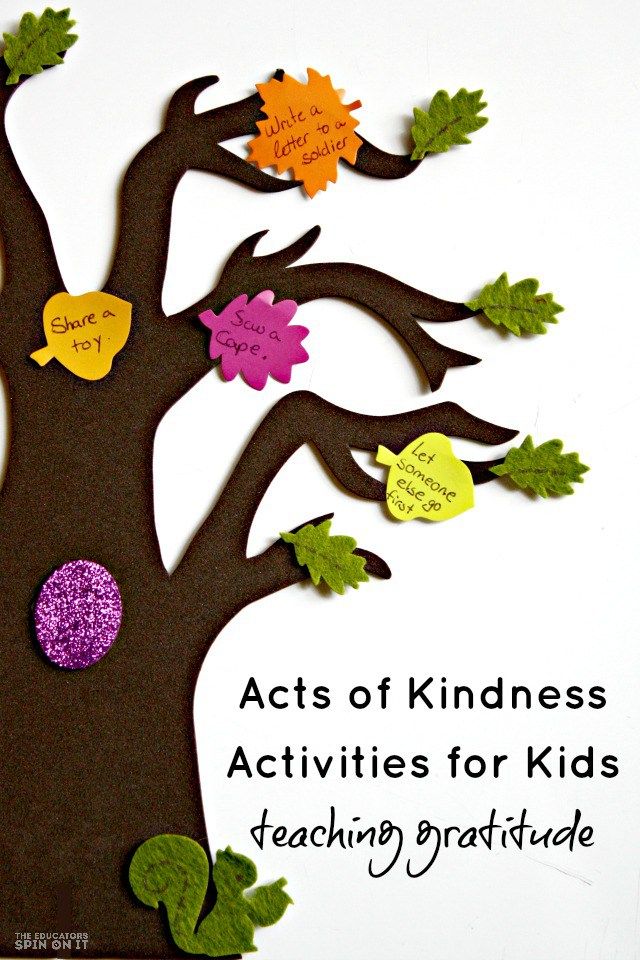 Belov, “we sing hymns to her and glorify her. It's just in words. In fact, we treat her immorally and cruelly, we have long forgotten that she is alive. Like all living things, she was waiting for mercy. But there has been an alienation." If harmony in nature disappears, harmony in the human world will also disappear.
Belov, “we sing hymns to her and glorify her. It's just in words. In fact, we treat her immorally and cruelly, we have long forgotten that she is alive. Like all living things, she was waiting for mercy. But there has been an alienation." If harmony in nature disappears, harmony in the human world will also disappear.
So let's be reasonable, let's respect and protect our native land, as we respect, love and protect our own mother!
There is one garden planet
In this cold space.
Only here the forests rustle,
Calling birds of passage,
Only on it bloom
Lilies of the valley in the green grass,
And dragonflies only here
They look into the river in surprise ...
Take care of your planet -
After all, there is no other similar one!
“To believe in Good, one must start doing it” (LN Tolstoy).
Man in the world of nature
The remarkable teacher V.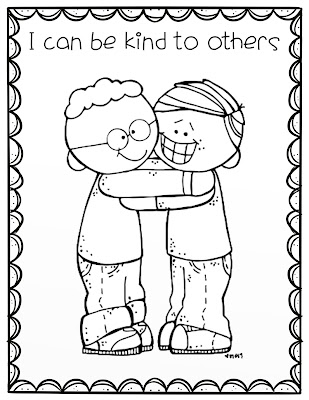 A. Sukhomlinsky wrote: “Man has always been and remains the son of nature, and what makes him related to nature should be used to introduce him to the wealth of spiritual culture . The world surrounding the child is, first of all, the world of nature with an infinite wealth of phenomena, with inexhaustible beauty. Here, in nature, is the source of the child's mind. All children are naturally curious. The circle of their interests is very wide. Among the questions that they ask us adults, there are those that are caused by various phenomena, objects of nature. In order to better understand all the living things that surround us, parents need to be in the field, in the meadow, in the forest, by the river, in the park more often, to be able to see the beauty in everything and notice everything interesting. How the first leaves bloom, why in winter the spruce is very green, while the leaves of others fell. It depends on us adults whether the child will be inquisitive, how his speech develops.
A. Sukhomlinsky wrote: “Man has always been and remains the son of nature, and what makes him related to nature should be used to introduce him to the wealth of spiritual culture . The world surrounding the child is, first of all, the world of nature with an infinite wealth of phenomena, with inexhaustible beauty. Here, in nature, is the source of the child's mind. All children are naturally curious. The circle of their interests is very wide. Among the questions that they ask us adults, there are those that are caused by various phenomena, objects of nature. In order to better understand all the living things that surround us, parents need to be in the field, in the meadow, in the forest, by the river, in the park more often, to be able to see the beauty in everything and notice everything interesting. How the first leaves bloom, why in winter the spruce is very green, while the leaves of others fell. It depends on us adults whether the child will be inquisitive, how his speech develops.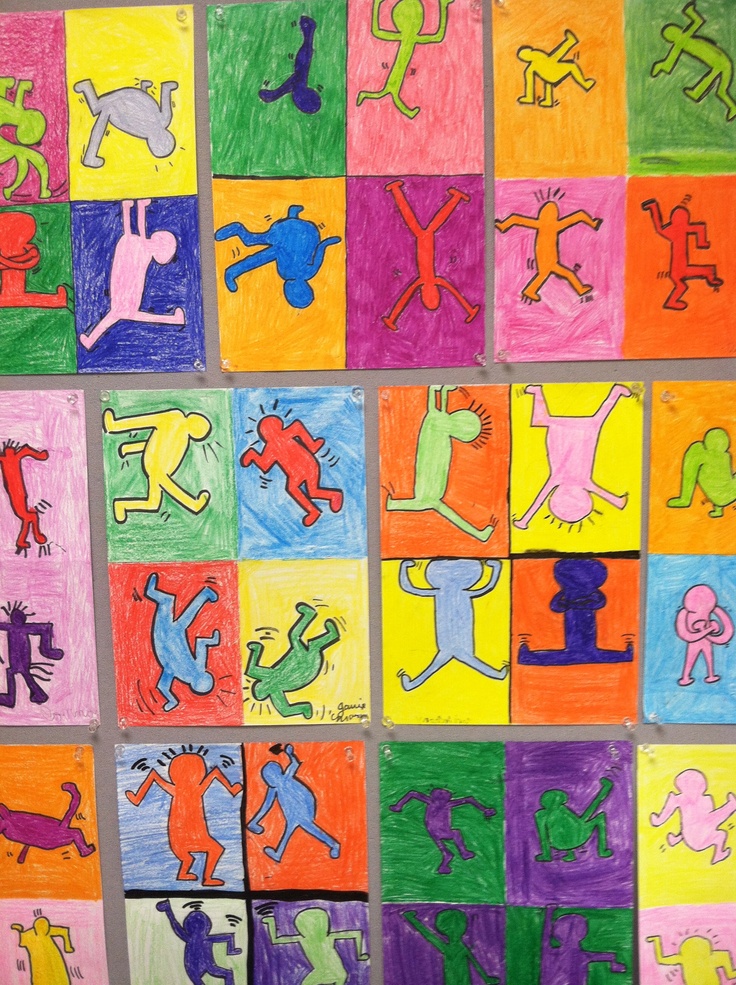 The more the child saw and understood, the brighter and more figurative his speech, the more willingly he communicates with peers, the easier it is to contact adults. The ability to express their thoughts, helps to study better at school. He will in fact be convinced that not a single phenomenon arises without a cause, by itself, and nothing disappears without a trace. In the process of systematic targeted observations, the child learns to think and answer the questions “Why? » (Read more)
The more the child saw and understood, the brighter and more figurative his speech, the more willingly he communicates with peers, the easier it is to contact adults. The ability to express their thoughts, helps to study better at school. He will in fact be convinced that not a single phenomenon arises without a cause, by itself, and nothing disappears without a trace. In the process of systematic targeted observations, the child learns to think and answer the questions “Why? » (Read more)
Mercy, kindness… Recently, we have begun to turn to these words more often. As if having seen the light, they began to realize that human warmth and concern for our neighbor have become the most acute shortage.
After all, a person is born and lives on Earth in order to do good to people.
Kindness, the ability to feel the joy and pain of another person as your own, the feeling of mercy ultimately make a person a Human.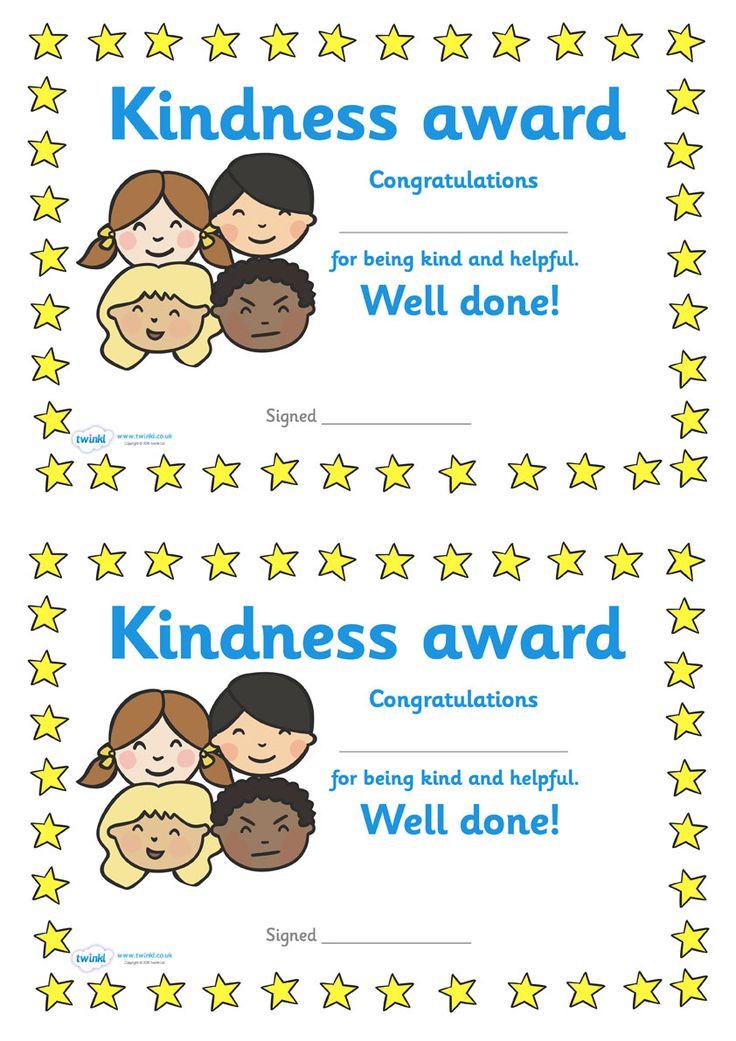
In today's world, at the time of computerization, children have forgotten how to communicate with each other, often lost such human qualities as respect, compassion, responsiveness. And only the efforts of parents and teachers can bring up these qualities in a child.
Every day we get up early, get dressed, hurry to work, study. We fulfill our duties, achieve results, relax, have fun. We earn money, we spend it, then we earn it again ... And so every day: we are constantly running, in a hurry, in a hurry, but still we do not have time. And there is no time at all to stop and ask yourself the question: “Why all this? Why all this rush and fuss? And what is the true meaning of life?
Perhaps you should slow down the rhythm of your life a little, look around...
Do something nice for the people closest to you, tell them how much you love them...
Perhaps someone close to you needs help, a kind word or advice...
Give warmth to a veteran. There are so few left in the country.
We do not know the pain of his wound in the lonely stillness of the night.
In sleepless dark nights he hears the rattle of iron machines,
The cry of hungry frozen children, having lost their mother among the ruins.
The roar of explosions and the horror of fires, the unbearable pain of loss.
Defending their native land, both old and young fought.
From the stories we know about the terrible and monstrous years of the war.
And about how the victory was won - the sons did not come from the battlefield.
Give warmth to a veteran. There are so few left in the country.
Their sore wounds ache, do not let them forget about the war.
Life-changing philosophy…
| Get used to being happy! Wake up with a radiant smile... And with a childlike, clean look, Get used to loving each other. 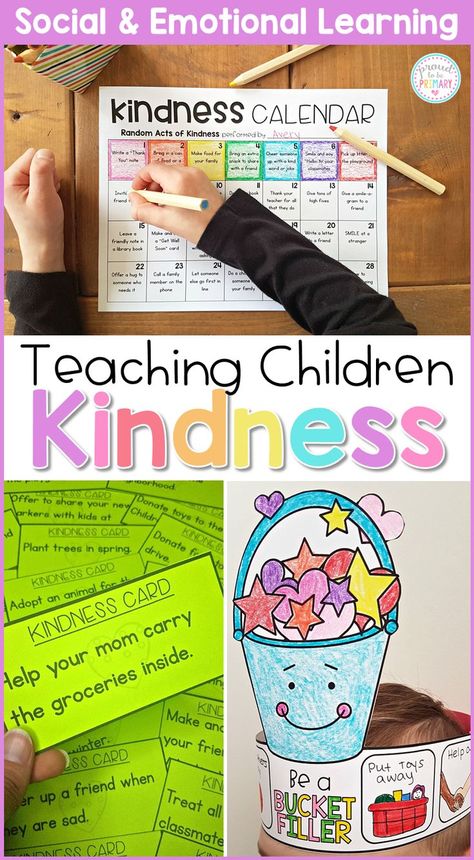 .. .. Learn not to call bad things, Get used to noticing goodness | Learn not to wait for the trick From unfamiliar and close people... After all, everyone, high and low There is a desire - to know happiness... in some way he was unlucky... Learn to ask for forgiveness |
In the world of childhood
Children are the flowers of life - e this phrase has a deep meaning. Children are precisely flowers and precisely lives, and how you take care of them is the result you will get.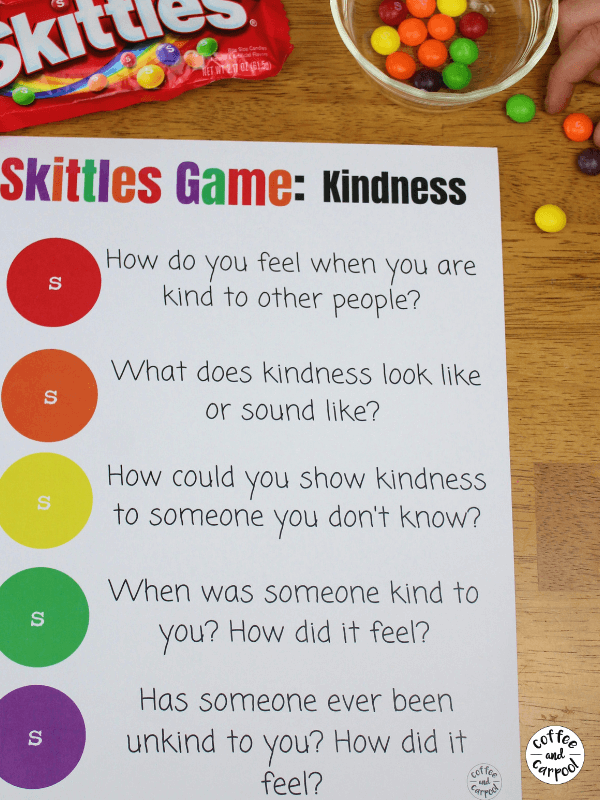 Of course, genes also play an important role in shaping a child, as do care and upbringing. It's like different flowers: someone loves and grows roses, and for someone, rose hips will do, some are well-groomed and beautiful, others seem to be nothing, but too unbridled and prickly. Raising our children, we give them a lot, without demanding anything in return, praying that they grow up to be independent and successful people. Having children, it often seems to us that we are losing a lot: beauty, health, husband's love, career opportunities, but these are all illusions, since children are the only continuation of us, and everything else is faceless and short-lived...
Of course, genes also play an important role in shaping a child, as do care and upbringing. It's like different flowers: someone loves and grows roses, and for someone, rose hips will do, some are well-groomed and beautiful, others seem to be nothing, but too unbridled and prickly. Raising our children, we give them a lot, without demanding anything in return, praying that they grow up to be independent and successful people. Having children, it often seems to us that we are losing a lot: beauty, health, husband's love, career opportunities, but these are all illusions, since children are the only continuation of us, and everything else is faceless and short-lived...
Children are the flowers of life! Love your children, raise them in an atmosphere of respect and recognition, then they will grow up open, honest, wise, conscious. Happiness and health to you and your children!
Children are so different: shy and courageous, cheerful and calm, obedient and not very - they all bring only the best and kindest into our lives.
We, adults, sometimes do not notice the beauty, sincerity, originality of childhood, every moment of childhood! And how important it is to consider, understand, catch the "zest" of childhood, its sincerity and originality! And how important it is for children!
"How to love a child"
| Law of Kindness Think for yourself guys, it happens so why - one offends a kitten, another heals his paw. One sparrow from a slingshot tries to knock down on the spot, another to go out a bird, picked up a sparrow from the ground. One wounds a frog with a stick, drags it alive into the fire, and someone from the puddle-trap transferred the fry to the pond. There are many such examples, such actions are innumerable. The law of kindness governs life, everyone has kindness in their hearts! (E. Andreeva) |
E If you want to see your children as holistic individuals, capable of true friendship, heroism, care, compassion, who are fond of worthwhile things and take a serious approach to life, teach them kindness from an early age. Let's sow kindness in the souls of children Then the result of understanding should be the construction of the good instincts of children's nature into a conscious striving for the ideals of goodness and truth, and, finally, the gradual formation of a firm and free will. N. I. Pirogov
Spiritual and moral education is one of the urgent and most difficult problems that must be solved today by everyone who is related to children.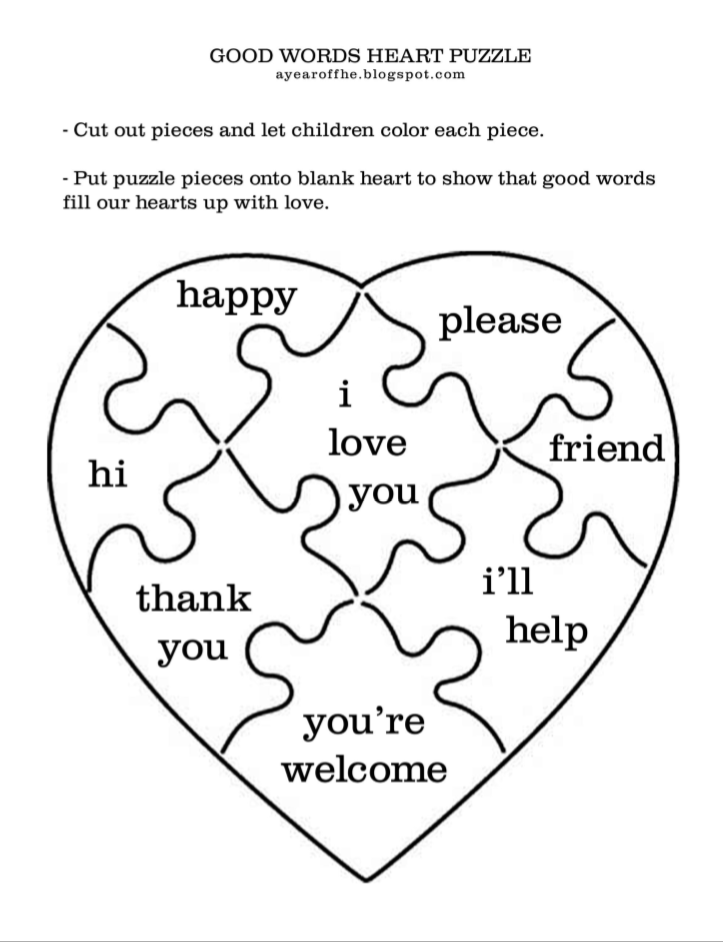 What we lay in the soul of a child now will manifest itself later, will become his life and ours. Today we are talking about the need to revive spirituality and culture in society, which is directly related to the development and upbringing of a child before school.
What we lay in the soul of a child now will manifest itself later, will become his life and ours. Today we are talking about the need to revive spirituality and culture in society, which is directly related to the development and upbringing of a child before school.
In childhood, the assimilation of social norms occurs relatively easily. The younger the child, the more influence can be exerted on his feelings and behavior. Awareness of the criteria of morality occurs much later than moral feelings and the algorithm of social behavior are formed.
Education of the soul of a child – creation of the basis for the moral values of the future adult. But, obviously, the rational education of morality, which does not affect the emotions of the child, will never lead to the desired result. Education, skills, dexterity can be acquired later, but the basis of the best in people - humanity - is laid precisely at preschool age, the age of intensive development of feelings and interpersonal relationships.
It is known that the basis of spiritual and moral education is culture of society, family and educational institution - the environment in which the child lives, in which formation and development take place.
Children are our pride. Everything in them is sweet and dear to us. But have we always thought about the fact that the attractiveness of our child is not only his appearance? The main thing is different - how the growing up behaves, how he feels, understands, sympathizes, loves ... .. How does he behave in public? What are his mannerisms - facial expressions, gestures, movements, posture? It happens that even well-educated people do not always look well-mannered, because have not developed in themselves the elementary norms of a culture of behavior, therefore, the issues of moral education of children are most acute today.
A child is not born evil, cruel or good. He has to acquire moral qualities. They are formed in children from a very early age.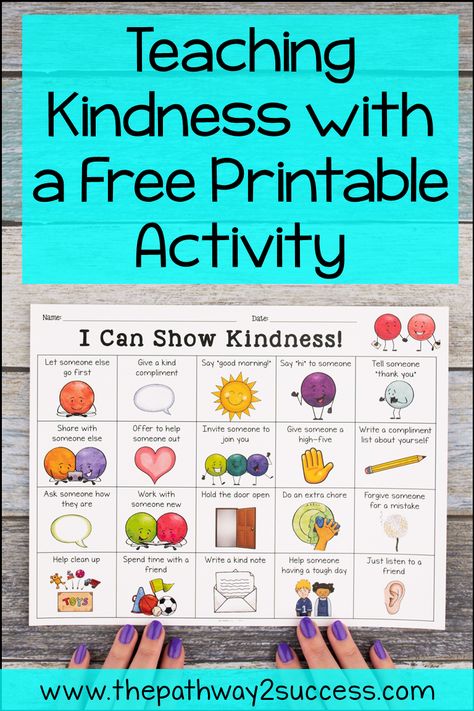 A lot starts with habit. Moral behavior is deeply conscious behavior based on the moral principles accepted by a person, on his worldview.
A lot starts with habit. Moral behavior is deeply conscious behavior based on the moral principles accepted by a person, on his worldview.
However, at preschool age, the child is not yet capable of conscious moral actions, under the guidance of adults, he learns the usual norms of behavior that correspond to the norms of morality and ethics accepted in our society.
A person cannot live without communication with other people, he will never become a person if there is no other person nearby - a source of attention and support, a partner in play and work, a bearer of knowledge about the world around him and ways of knowing it.
Caress and attention - the main sources that nourish and support children's joy, so you should not skimp on affection when communicating with children. But an affectionate, caring attitude towards children should be combined with reasonable demands on them, in which the child's desire to do better work, to do well, as determined by the rules of conduct, increases.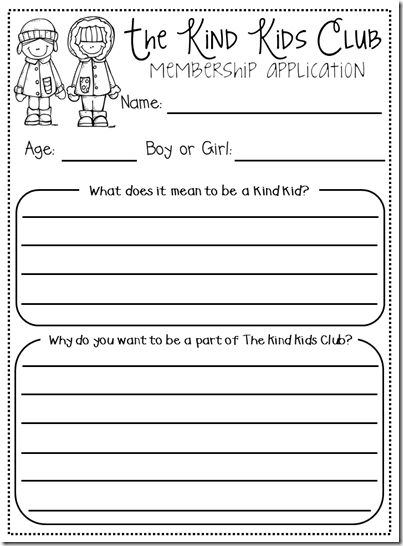 In the preschool period of a child's development, play activity is the leading one, and gradually, thanks to games, the child realizes himself as a part of society. Therefore, for the formation of moral qualities in preschool children, one can use not only directly educational activities, but also games and exercises. And it is also necessary to create conditions so that children can trustfully rely on constant care and support from adults.
In the preschool period of a child's development, play activity is the leading one, and gradually, thanks to games, the child realizes himself as a part of society. Therefore, for the formation of moral qualities in preschool children, one can use not only directly educational activities, but also games and exercises. And it is also necessary to create conditions so that children can trustfully rely on constant care and support from adults.
Mikhail Yukhma said: “The soul of a child is as pure as white snow falling from the sky. And write on it with a white stick, as clean as she herself. If you swipe once with a black stick, then you will stain your whole soul.
In our difficult time, every person tries to keep peace and tranquility in his home, to protect children from evil, cruelty and aggression of the surrounding world. Currently, Russia is going through one of the difficult historical periods. And the biggest danger that awaits our society today is not in the collapse of the economy, not in the change of the political system, but in the destruction of the individual.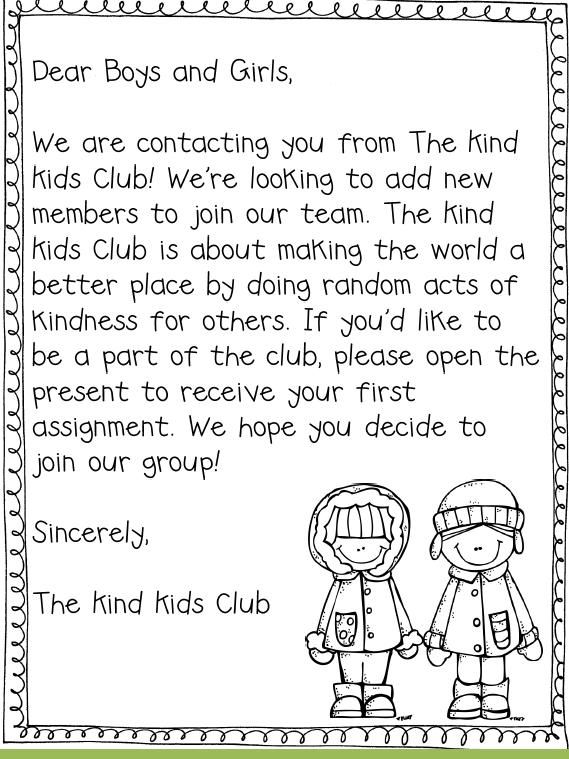 Nowadays, material values dominate over spiritual ones, so children's ideas about kindness, mercy, generosity, justice, citizenship and patriotism are distorted.
Nowadays, material values dominate over spiritual ones, so children's ideas about kindness, mercy, generosity, justice, citizenship and patriotism are distorted.
Spiritual and moral education in kindergarten is an integral part of the comprehensive education of the child, a necessary prerequisite for the revival of national culture.
Childhood is the time of development of all human powers, both mental and bodily, acquisition of knowledge about the world around, formation of moral skills and habits. At preschool age, there is an active accumulation of moral experience, and turning to spiritual life begins - also at preschool age - with moral self-determination and the formation of self-consciousness. Systematic spiritual and moral education of a child from the first years of life ensures its adequate social development and harmonious formation of personality.
The upbringing of a spiritual personality is possible only through the joint efforts of the family, educational institution and the state.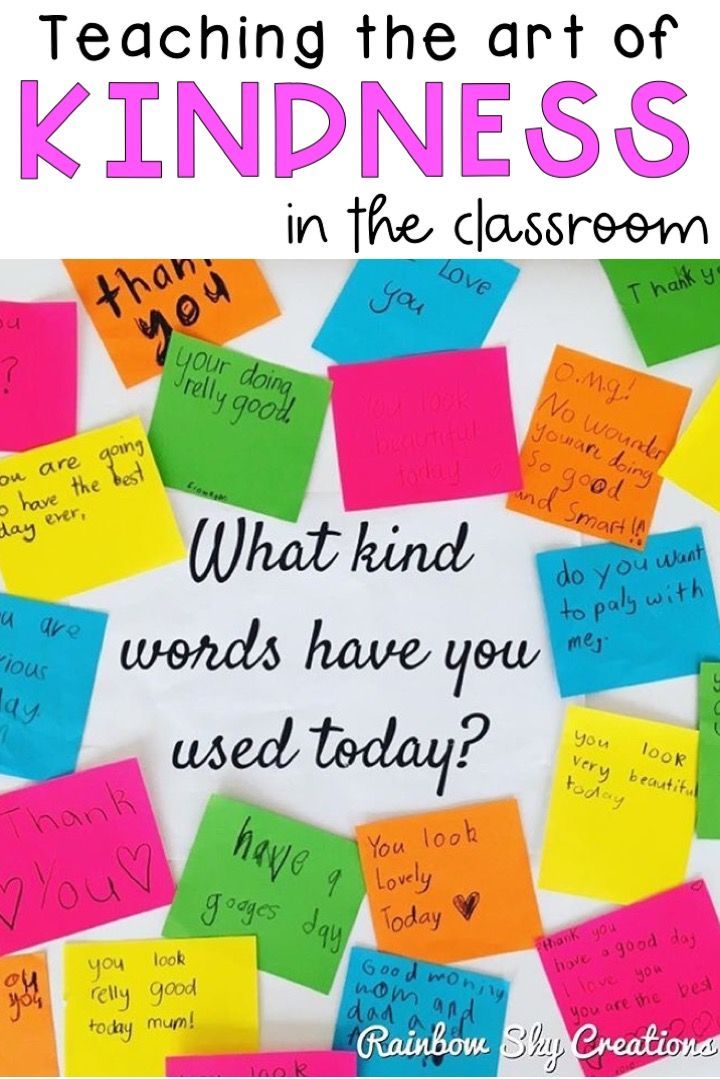
The attempts made to date to educate a spiritual and moral personality show that the weakest place in this activity is the family. Many parents simply do not know that it is precisely at preschool age that the assimilation of social norms, moral requirements and patterns of behavior based on imitation takes place. It is in the family that the moral spiritual values and customs that are honored and revered by the ancestors should be preserved and transmitted, and that it is the parents who are responsible for the upbringing of children.
Preschool age is the best time for the child to form the basics of perception of the world. Children at an early age are very emotional, responsive and compassionate and perceive nature as a living organism.
The foundations of ecological culture can be laid only in the process of communication with nature and pedagogically competently organized activity.
Education of ecological culture of preschoolers begins with adults. Children copy the behavior of adults, parents. Therefore, it is very important that we, adults, parents explain to the child the basics of ecological culture and reinforce our words with actions. You cannot teach a child what we ourselves do not observe.
Children copy the behavior of adults, parents. Therefore, it is very important that we, adults, parents explain to the child the basics of ecological culture and reinforce our words with actions. You cannot teach a child what we ourselves do not observe.
Tell your child about the amazing diversity of life on land and water. Illustrated encyclopedias and films about animals and plants will help you along the way.
Read to your child more often wonderful, kind stories about nature by V. Bianchi, L. Tolstoy, B. Zakhoder, N. Sladkov, M. Prishvin, K. Ushinsky. Children are ready to listen to the stories of adults enchanted for hours. After reading, talk to your child about the characters' problems.
Preschool children are very responsive. If you give them the opportunity to feel someone else's pain as their own, then teach them to take care of those who need it. Also, never pass plants and animals in trouble.
Involve and encourage your child to take care of animals or plants.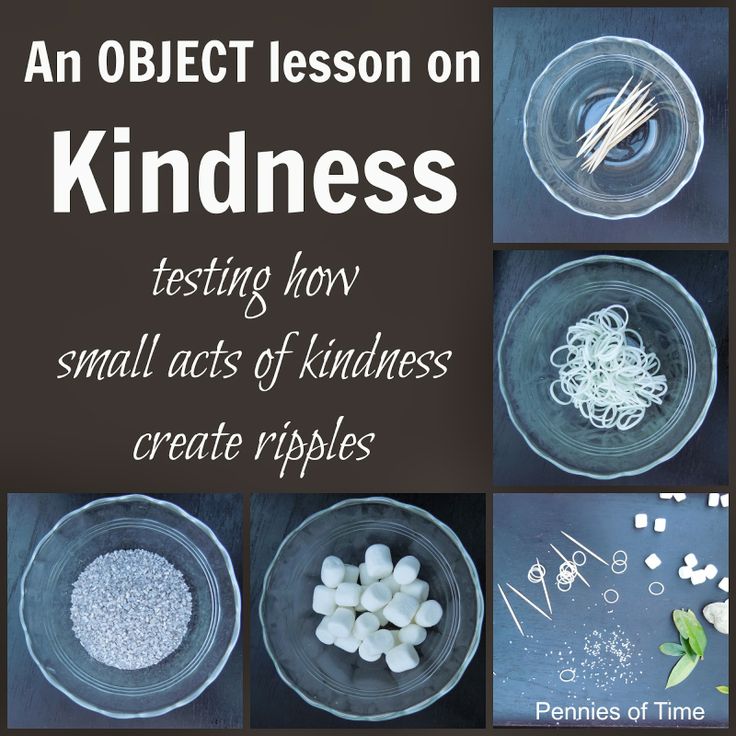 You can start with the simplest - watering your favorite flower or installing bird feeders in winter.
You can start with the simplest - watering your favorite flower or installing bird feeders in winter.
Talk about environmental problems and what needs to be done to avoid them in an accessible way.
In summer, environmental education can be an exciting adventure for preschoolers. Walks in the forest, field, park, meadow will help you get to know the typical representatives of the local flora and fauna. This will expand the child's knowledge of the animals and plants around him. Help your child learn to see the beauty of nature.
An important place in the ecological education of preschool children belongs to games. Arrange a small theater with game characters - puppets. Let the characters talk about how to behave in relation to nature. You can argue, joke and laugh with your characters.
There are many options and forms of education of ecological culture among preschoolers. It all depends on your desire and your imagination. But teaching a child from an early age to live in harmony with the environment is not an easy, but very important task.
Davydova O.V.
Kindness lessons | Outline of the lesson:
Abstract
of the integrated lesson
on the topic: “Lessons of kindness”
in the senior group
Educator:
Belobrovina Z.A.
Purpose: moral education of children, to teach to be friendly, to be able to work in a team, the development of coherent speech, to continue to acquaint with poems and stories of poets about kindness and evil.
Tasks:
Educational:
- deepen children's ideas about kindness as a valuable, important quality of a person;
- to encourage the child's desire to do good deeds;
- to improve communication skills: the ability to listen to a friend, sincerely express one's opinion, be kind to the judgments of other people.
Developing:
- to develop the ability to evaluate the positive and negative actions of peers.
Educators:
- to educate moral qualities: kindness, humanity.
Integration of educational areas: cognitive development, social and communicative development, speech development.
Teacher: In the actions, actions, feelings of a person. Please remember your good deeds and tell about them.
Children's answers.
Teacher: Do you think helping your mother is a good deed?
Children's answers.
Teacher: Now let's play a little. Let's help mom with laundry.
Physical education
Together we help mom,
We rinse the laundry ourselves.
1,2,3,4
Pulled up, bent over,
We did a good job.
Teacher: I want to read you Oseeva's story “Bad”.
The dog barked furiously, falling on its front paws. Directly in front of her, nestled against the fence, sat a small disheveled kitten. He opened his mouth wide and mewed plaintively. Two boys stood nearby and waited to see what would happen. A woman looked out the window and hurriedly ran out onto the porch. She drove the dog away and angrily called out to the boys:
-Shame on you!
-What's the shame? We didn't do anything! - the boys were surprised.
"That's bad!" the woman answered angrily.
Teacher: What could happen to the kitten?
Children's answers.
Teacher: What act did the woman do?
Children's answers.
Teacher: How did the boys do?
Children's answers.
Teacher: Why did the woman scold the boys?
Children's answers.
Teacher: Think and say, about whom or what can you say “kind”?
Children: About a person, deed, day, evening, path, etc.
Teacher: And if a person is unkind, what is he like?
Children: Angry, greedy, rude.
Teacher: Guys, what do you think, what kind of person is easier to live in this world - good or evil?
Children's answers.
Teacher: Listen to L. Polyakova's poem.
Is it easier to be kind or evil?
Probably easier for the evil ones.
Being kind means understanding
Both relatives and strangers
Sometimes you don't know joy,
Caring for others.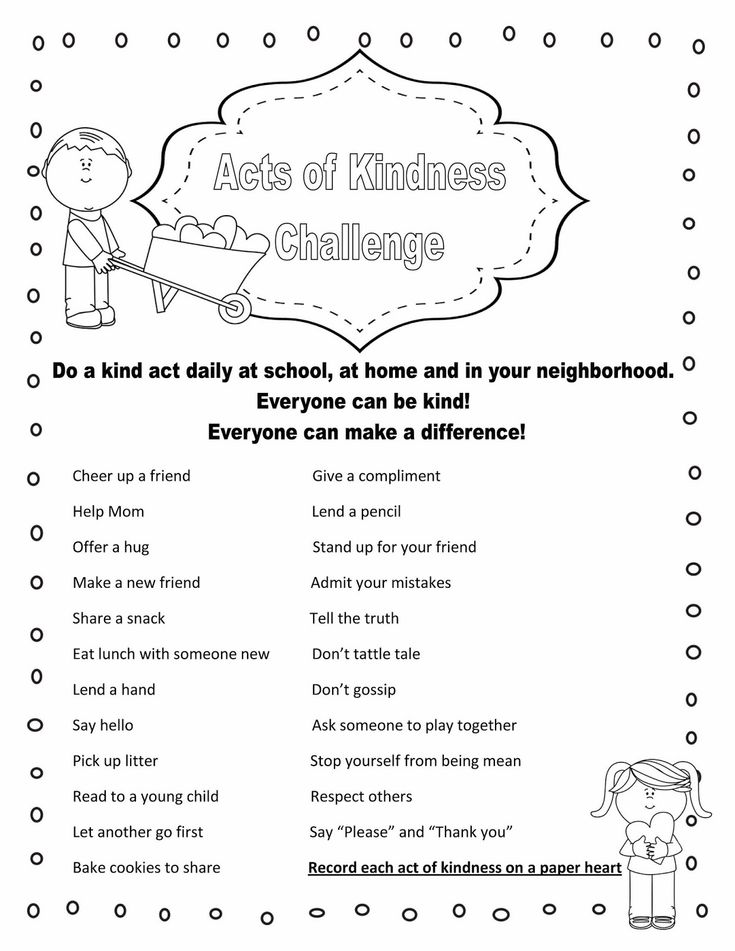
Of course, it is more difficult for the good,
And yet look:
How many friends he has!
And the evil one is always alone.
Teacher: And now let's play a little. You all love fairy tales. There are good and bad characters in fairy tales. I will name the fairy-tale hero, and you will answer whether he is good or evil. If you are angry, you cover your face with your palms, and if you are kind, you clap happily.
(Karabas Barabas in the fairy tale "The Adventures of Pinocchio", the Fox in the fairy tale "Zayushkina's Hut", the Goldfish in the fairy tale "The Tale of the Fisherman and the Fish", Thumbelina, Little Red Riding Hood, the Wolf in the fairy tale "Little Red Riding Hood", the Wolf in the fairy tale "Wolf and seven kids”, Baba Yaga in the fairy tale “Geese Swans”, Cinderella, Malvina, Morozko, Alyonushka, Crocodile Gena, Cheburashka, Old Woman Shapoklyak).
Teacher: Well done with the task, and now I suggest you turn into good wizards.